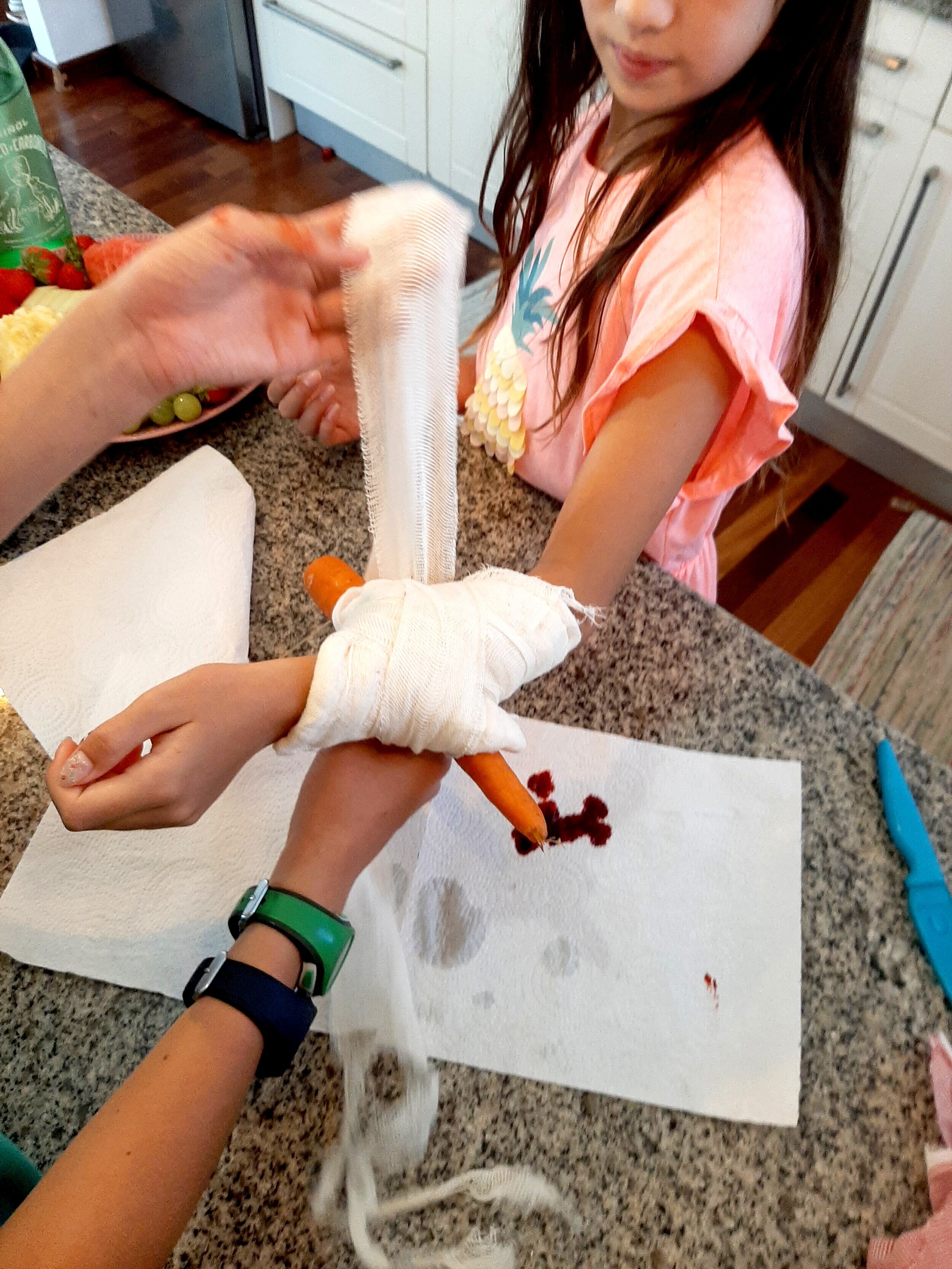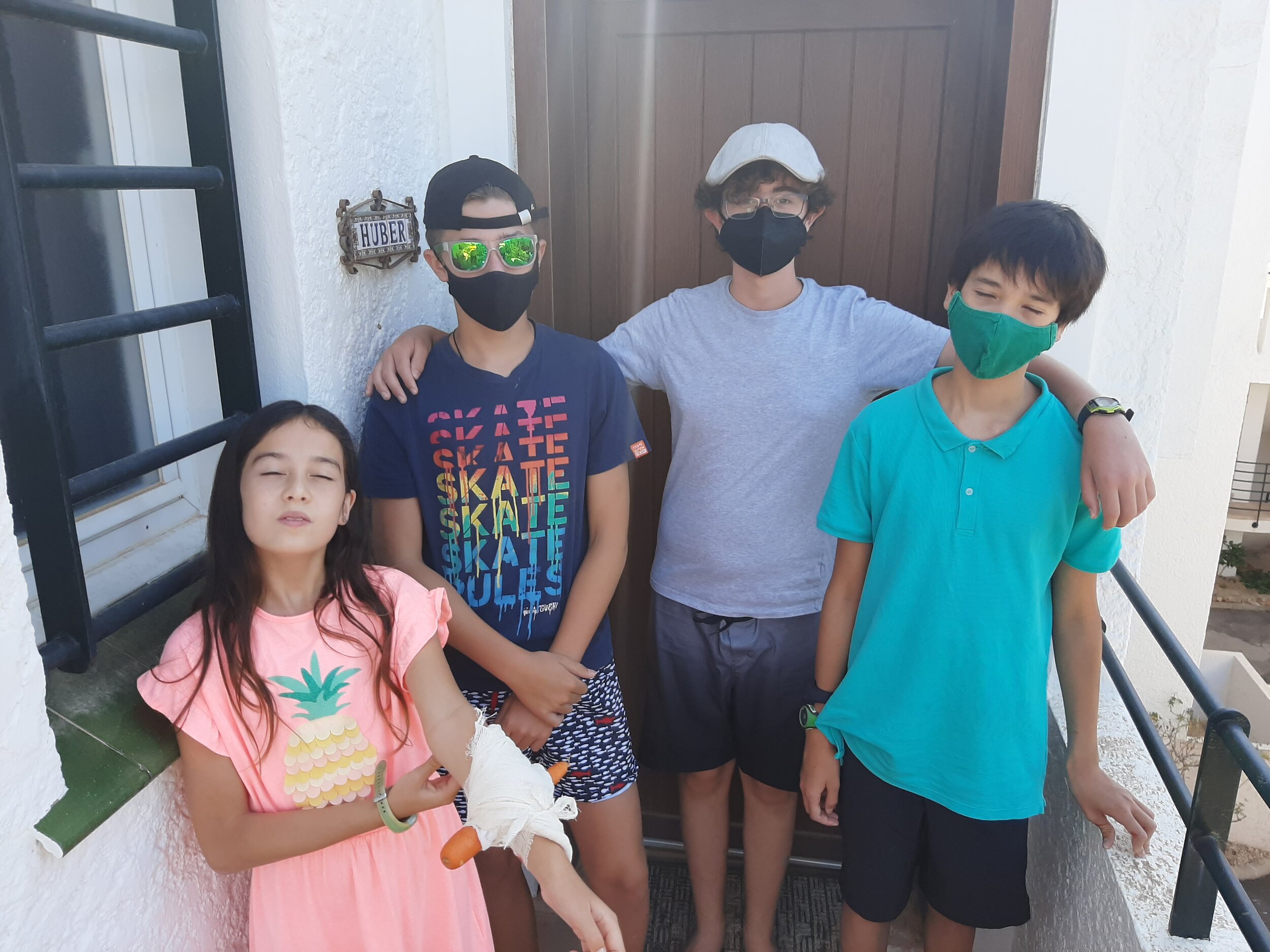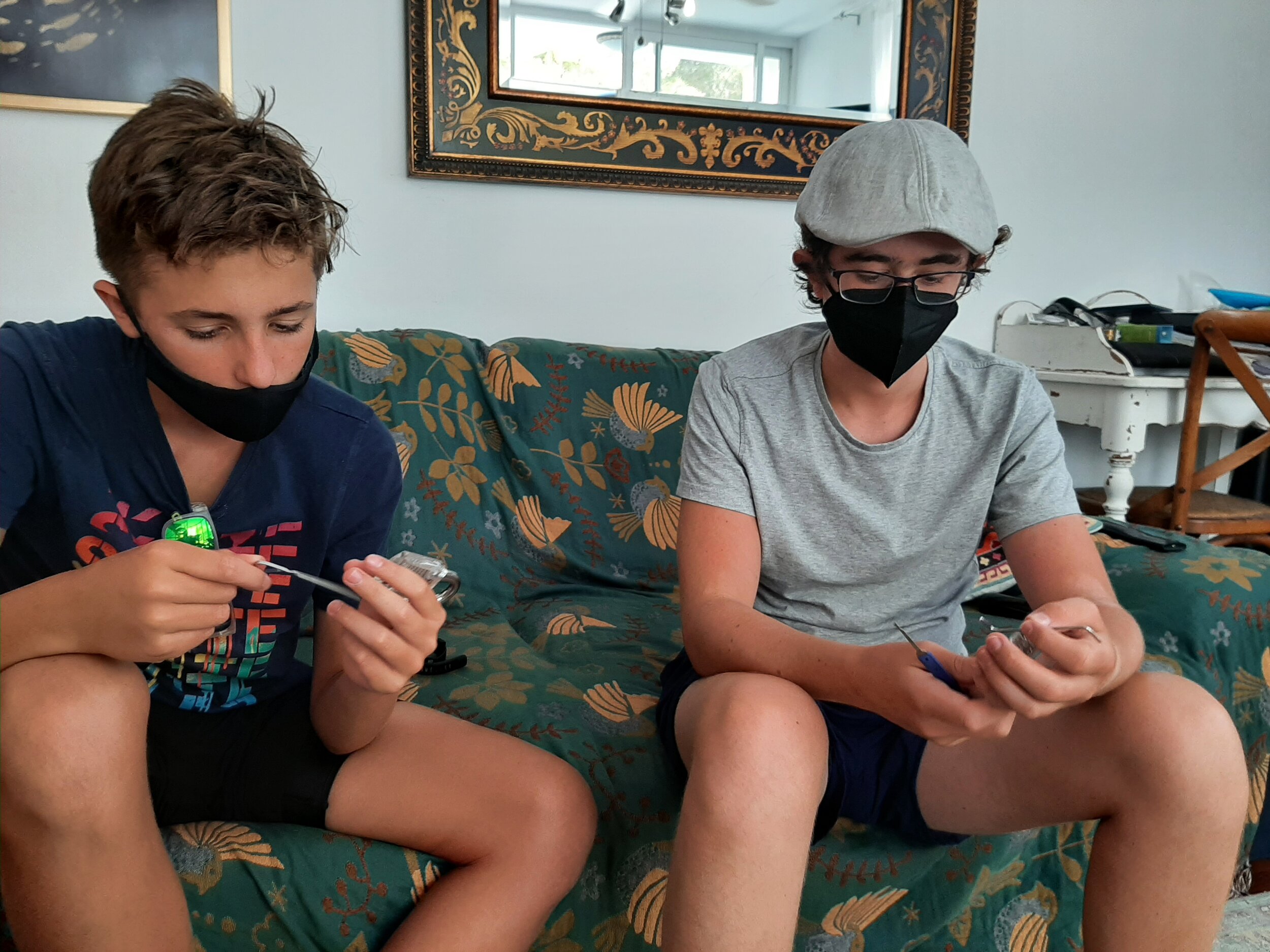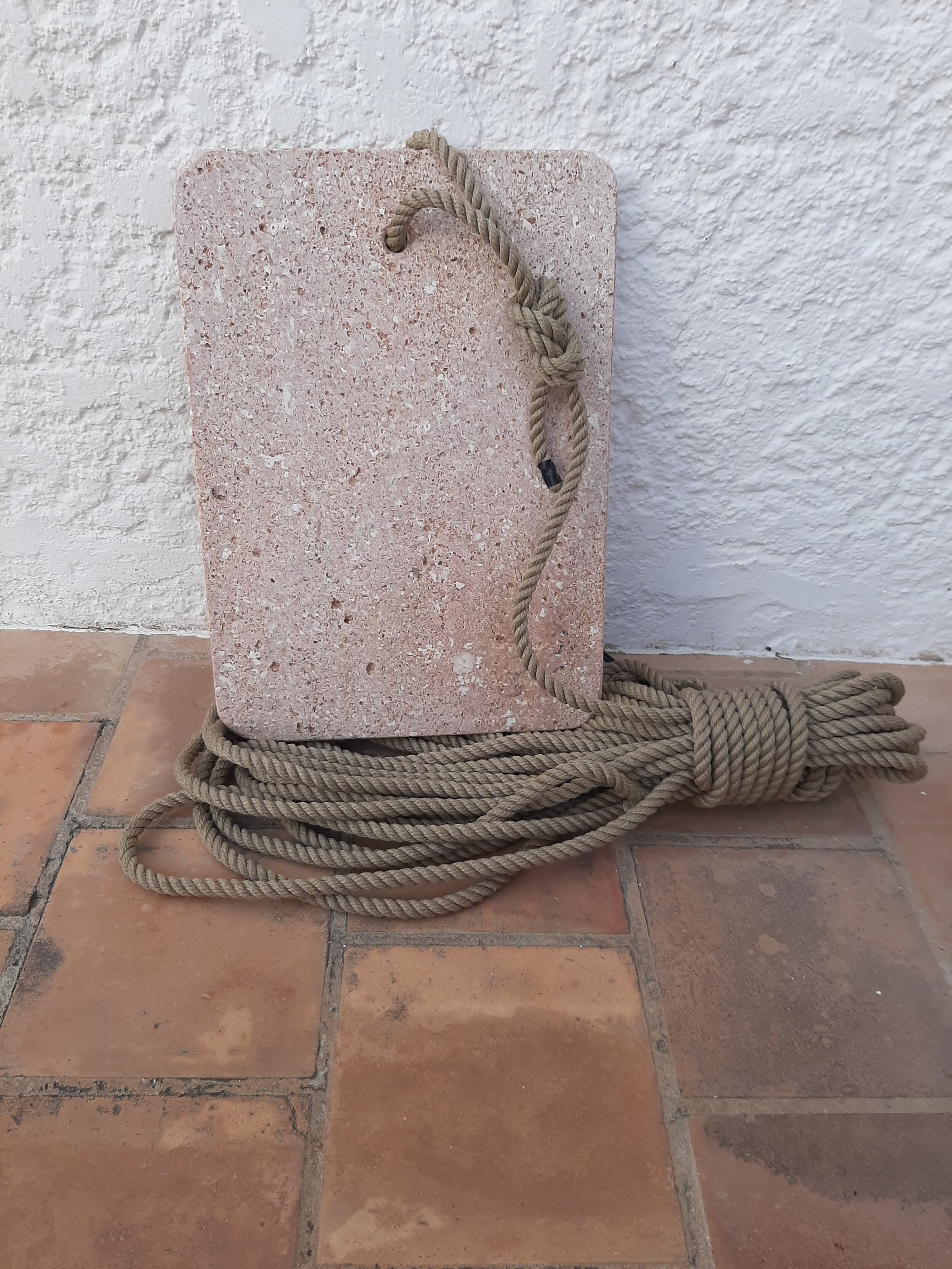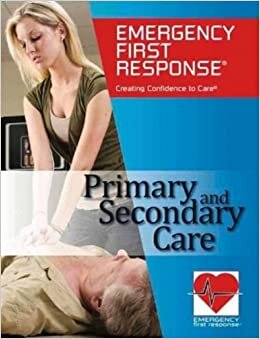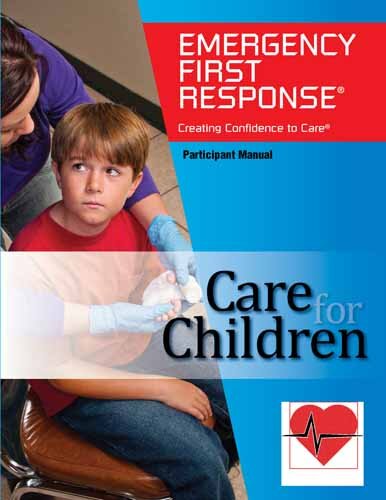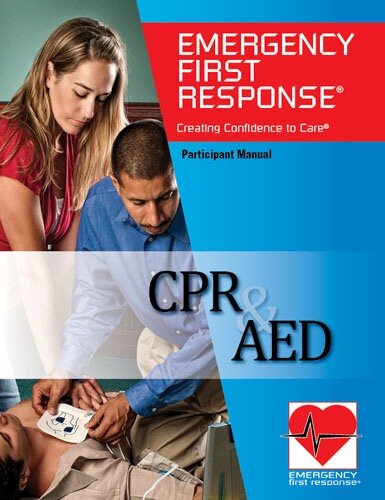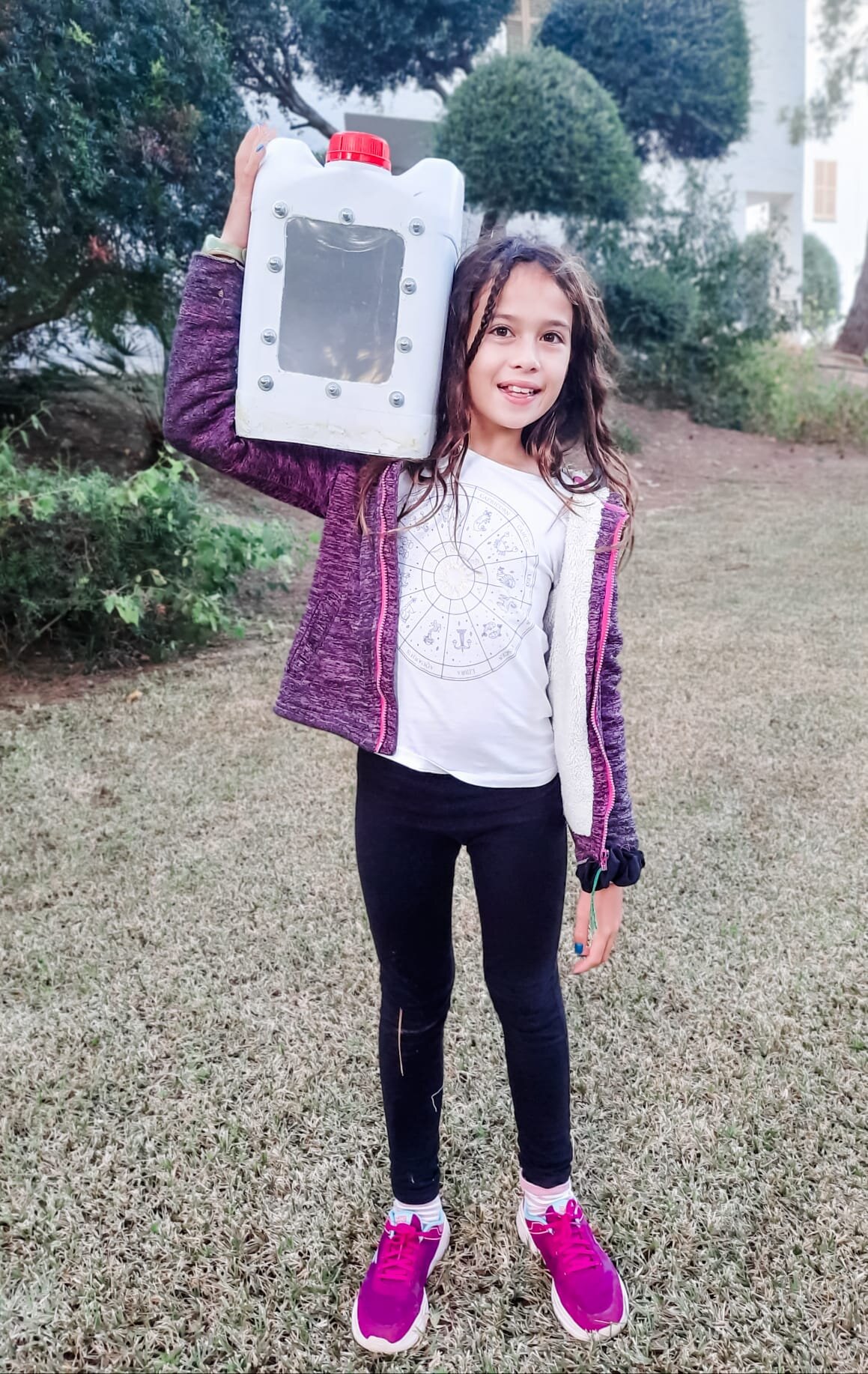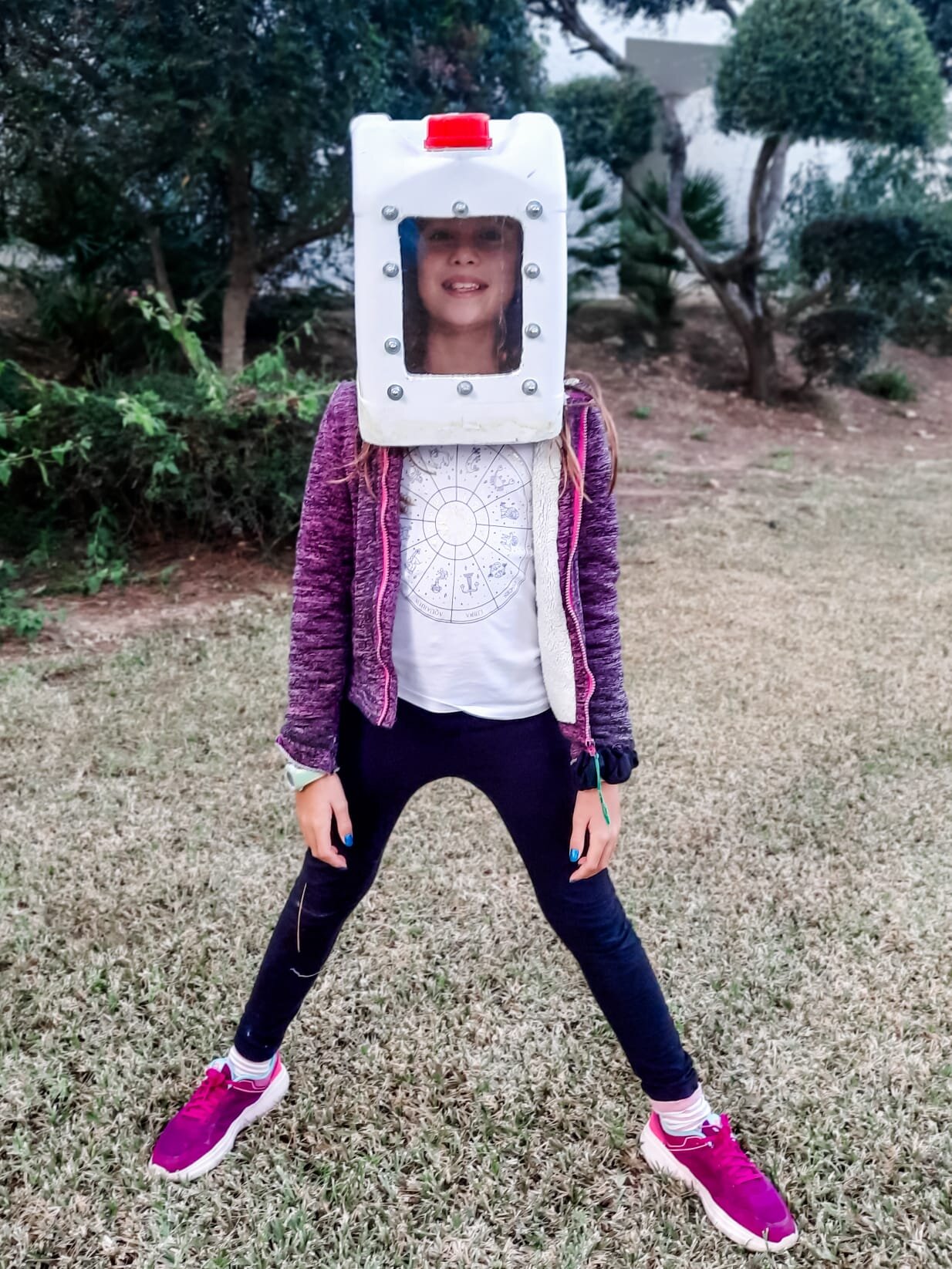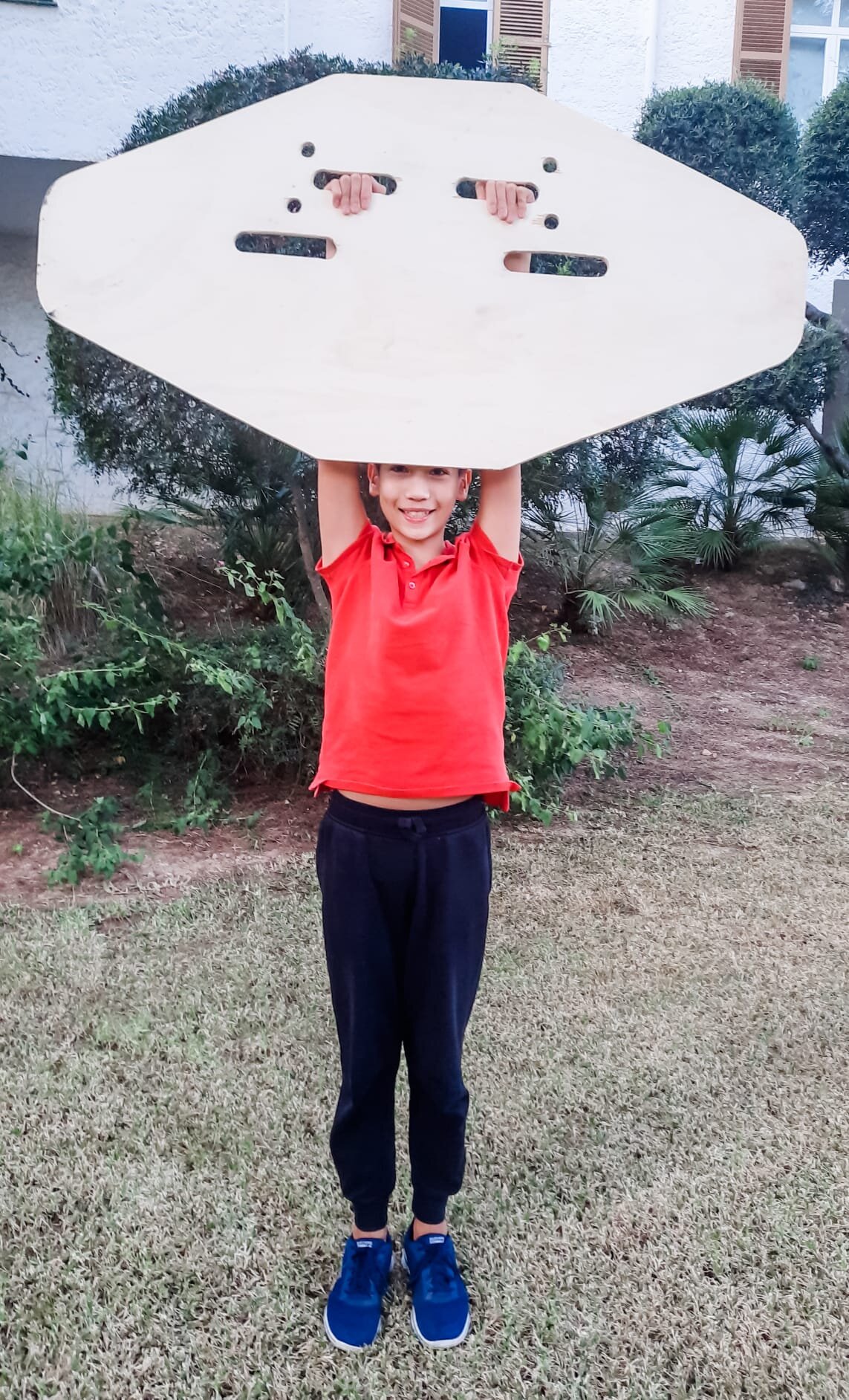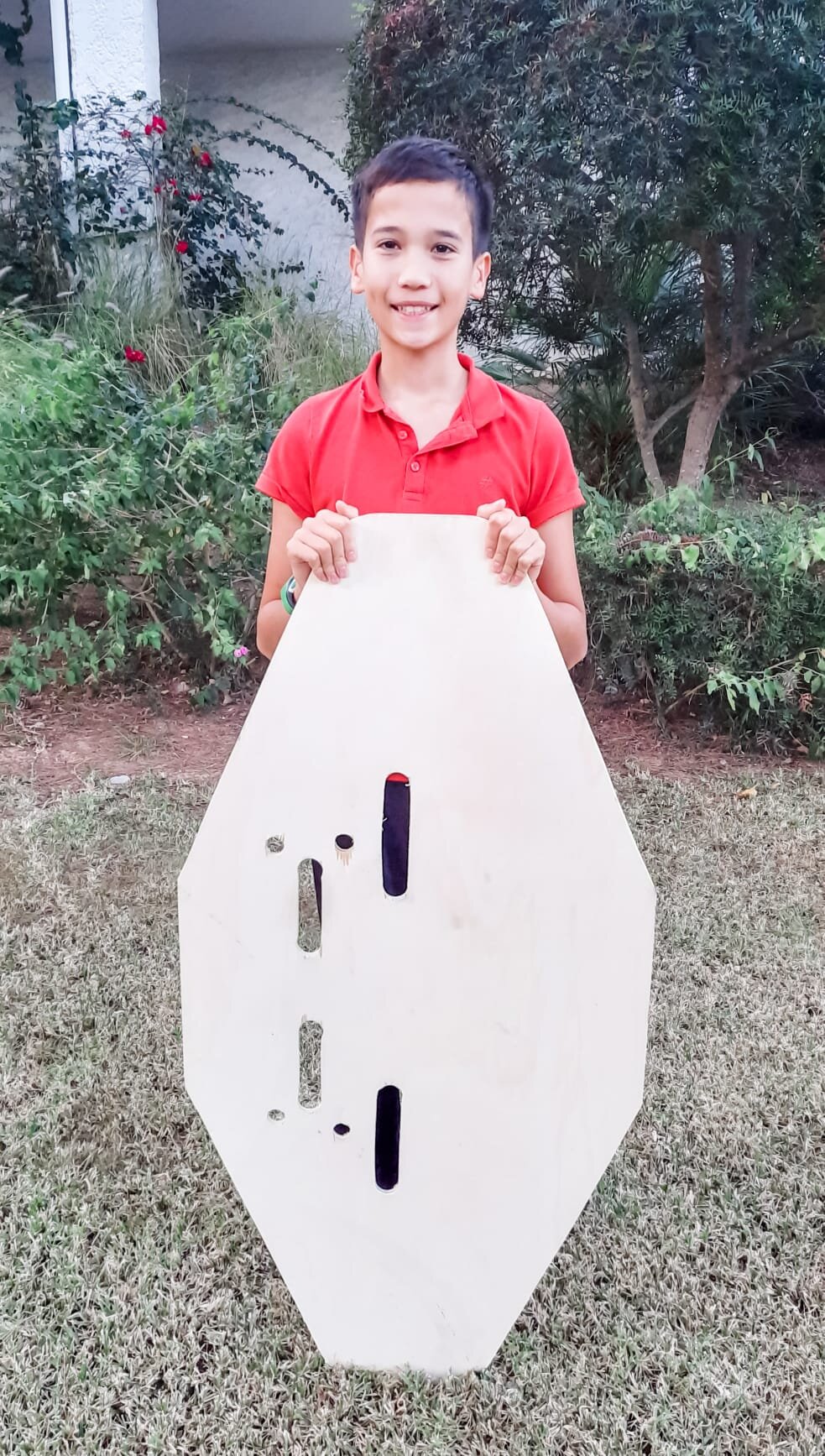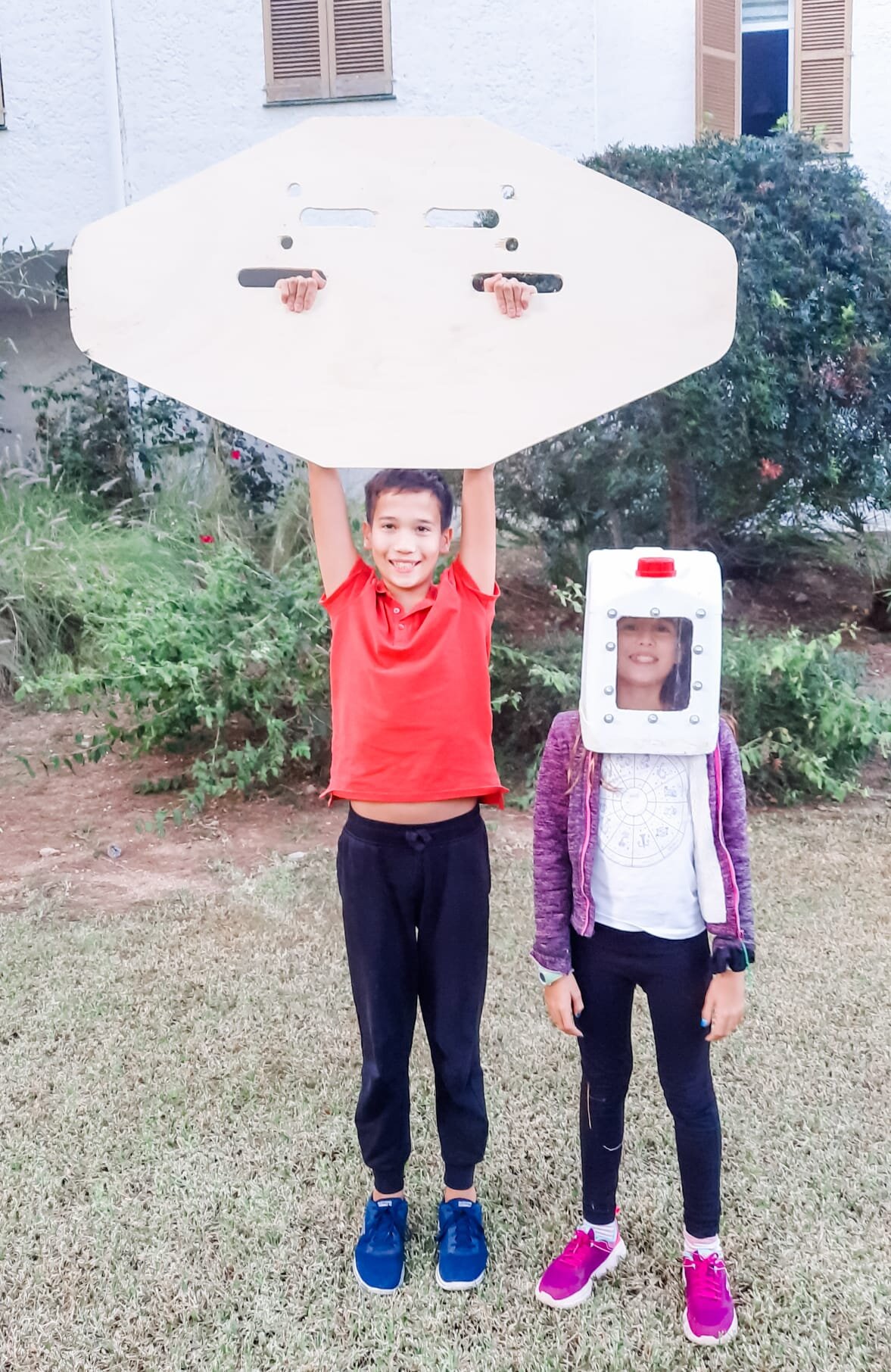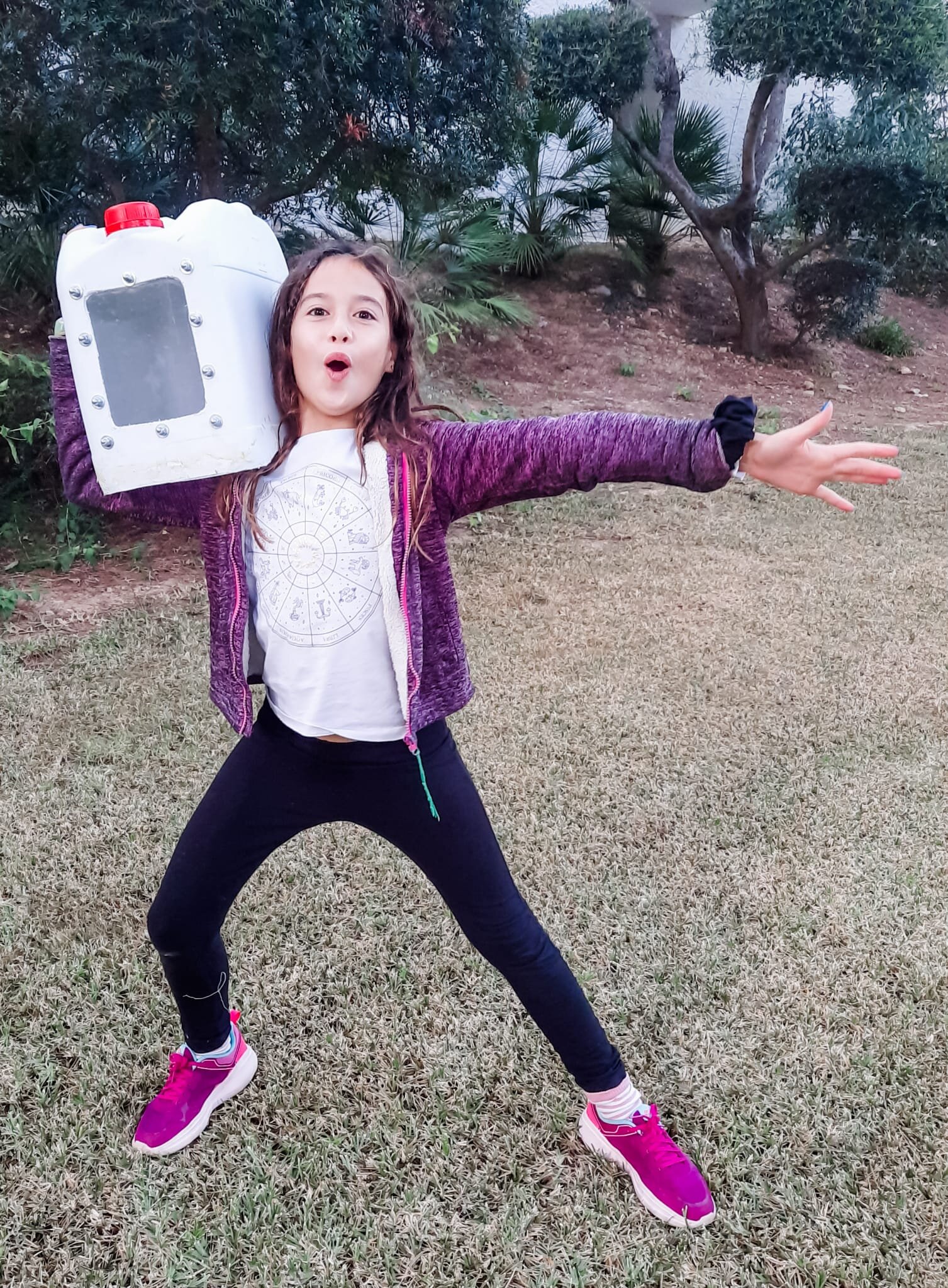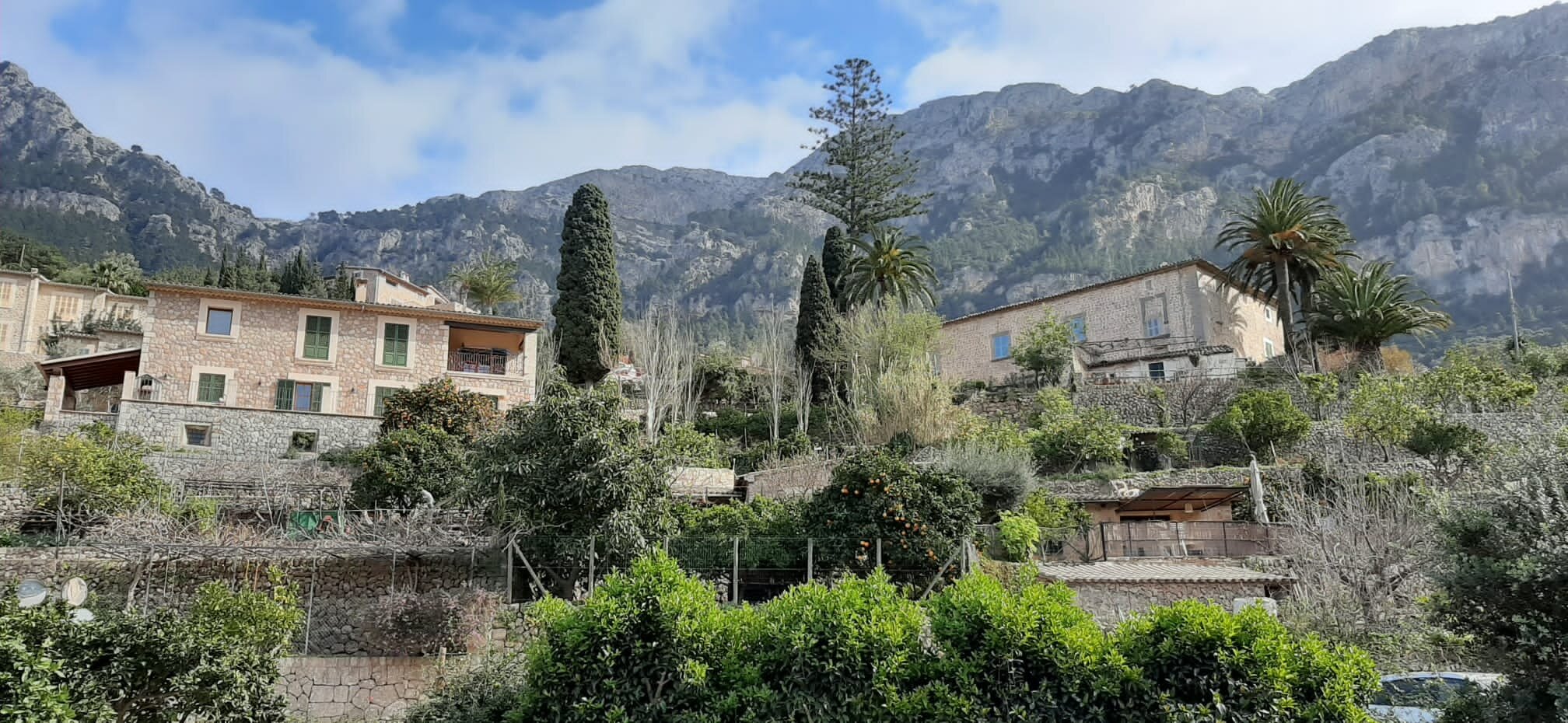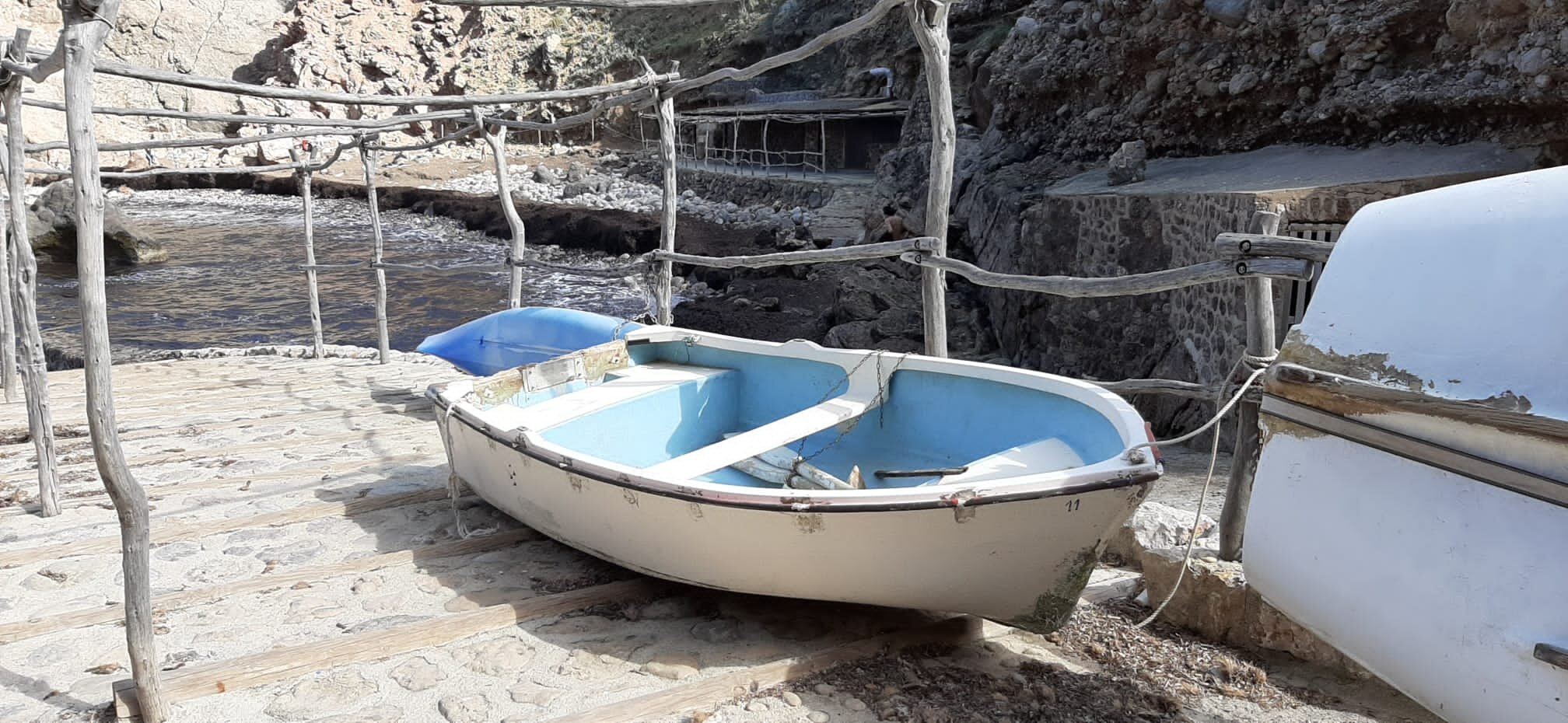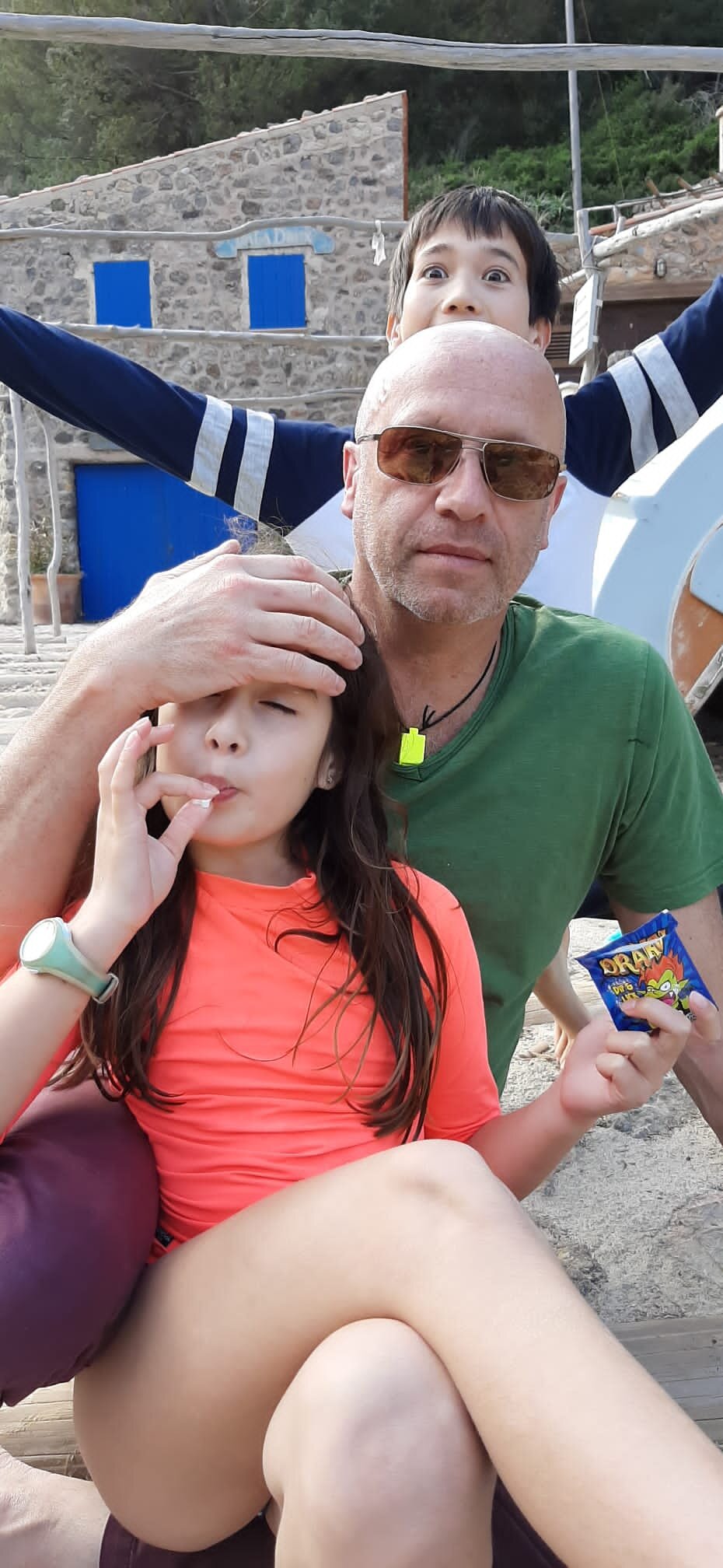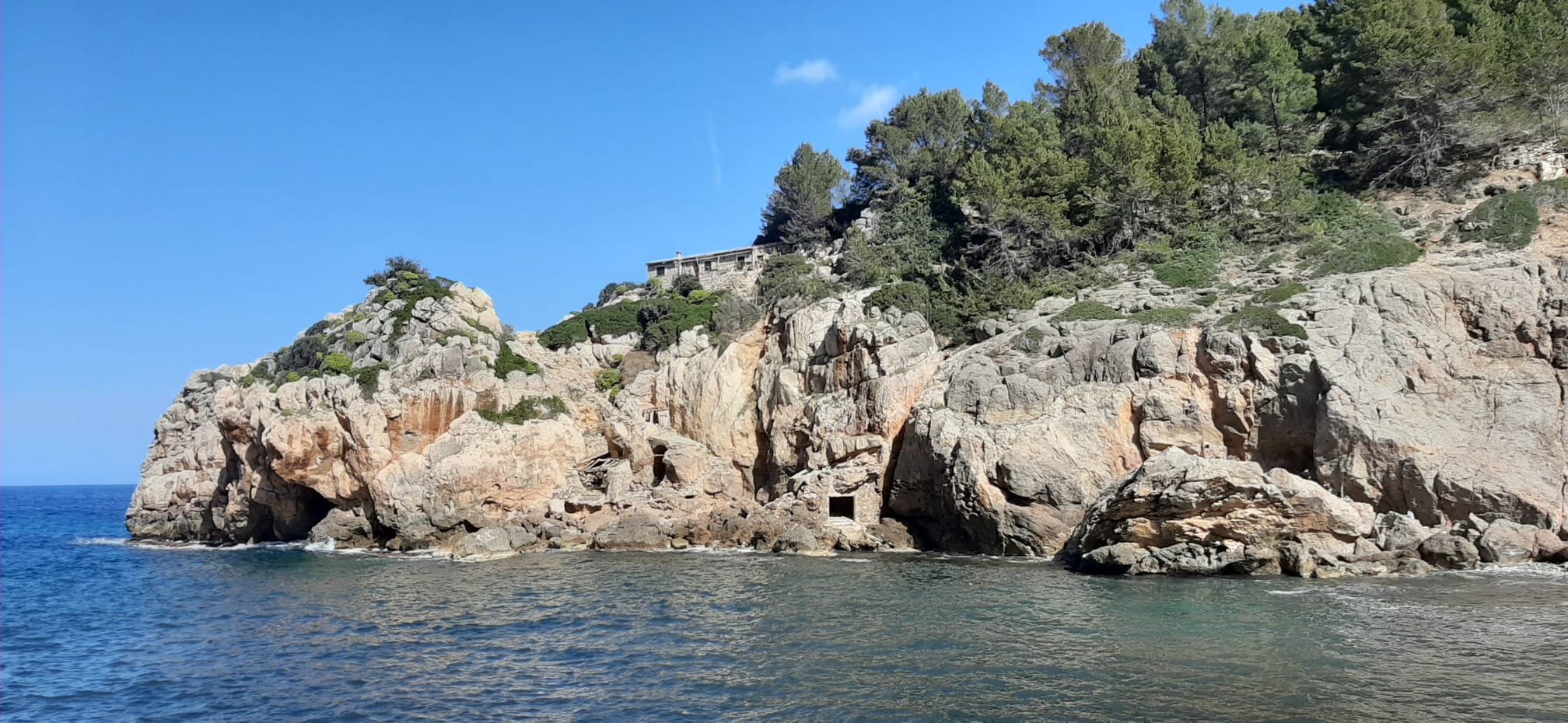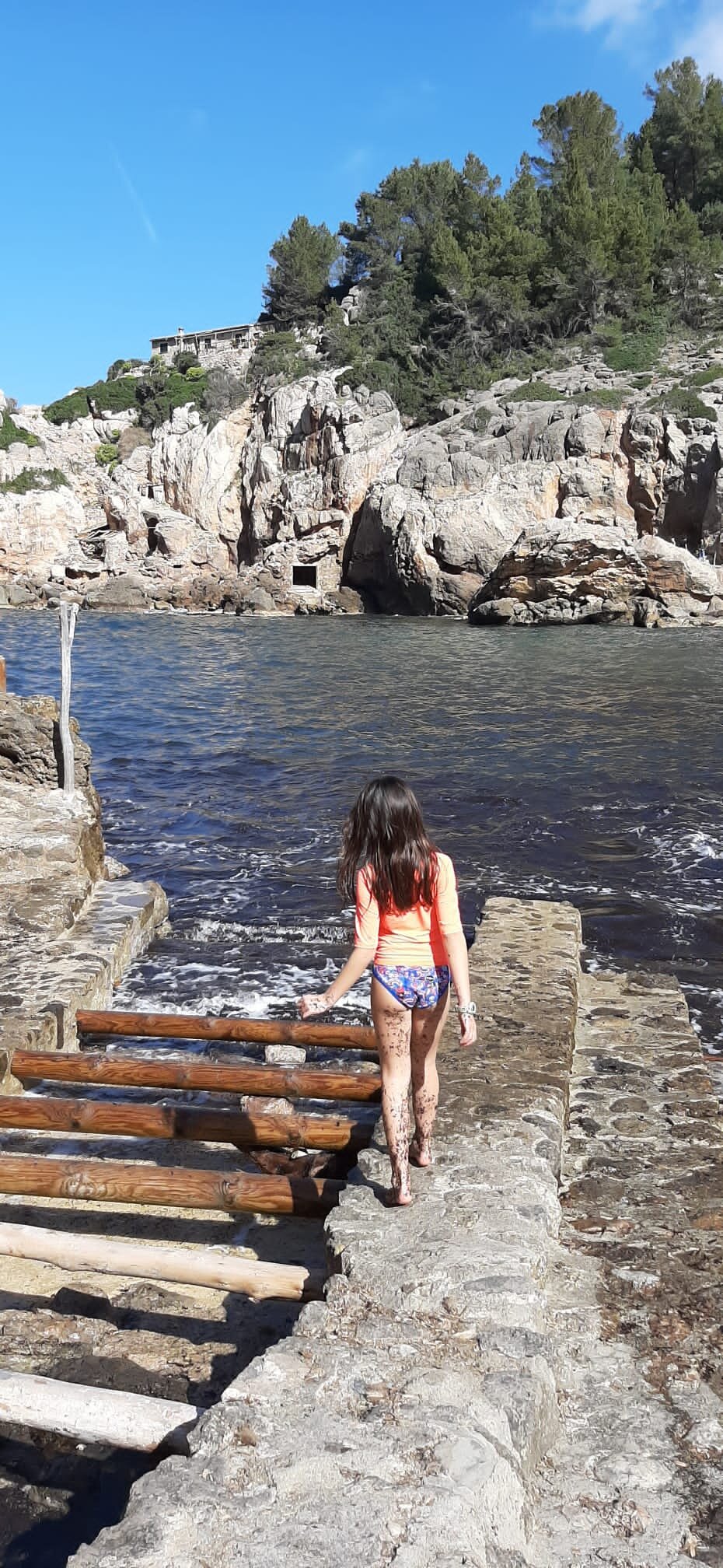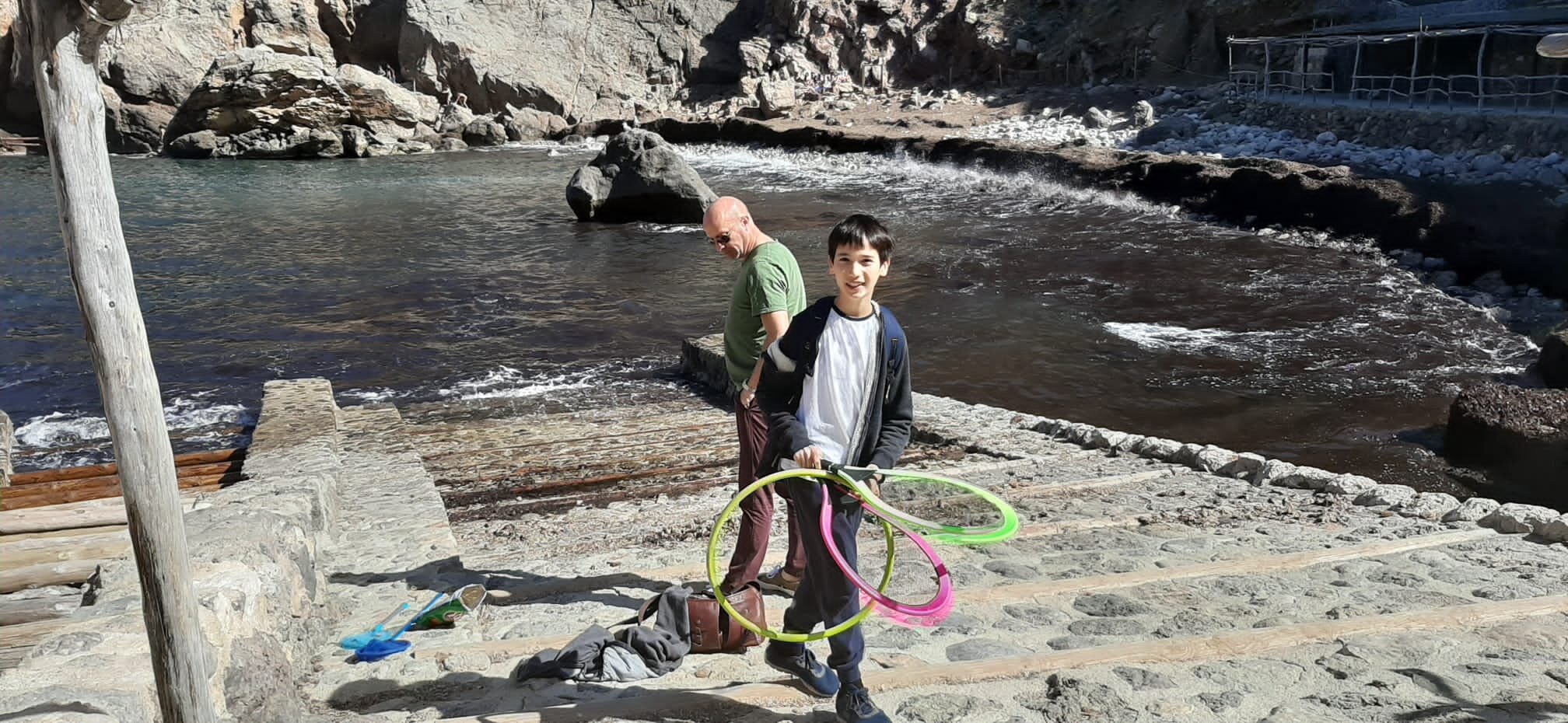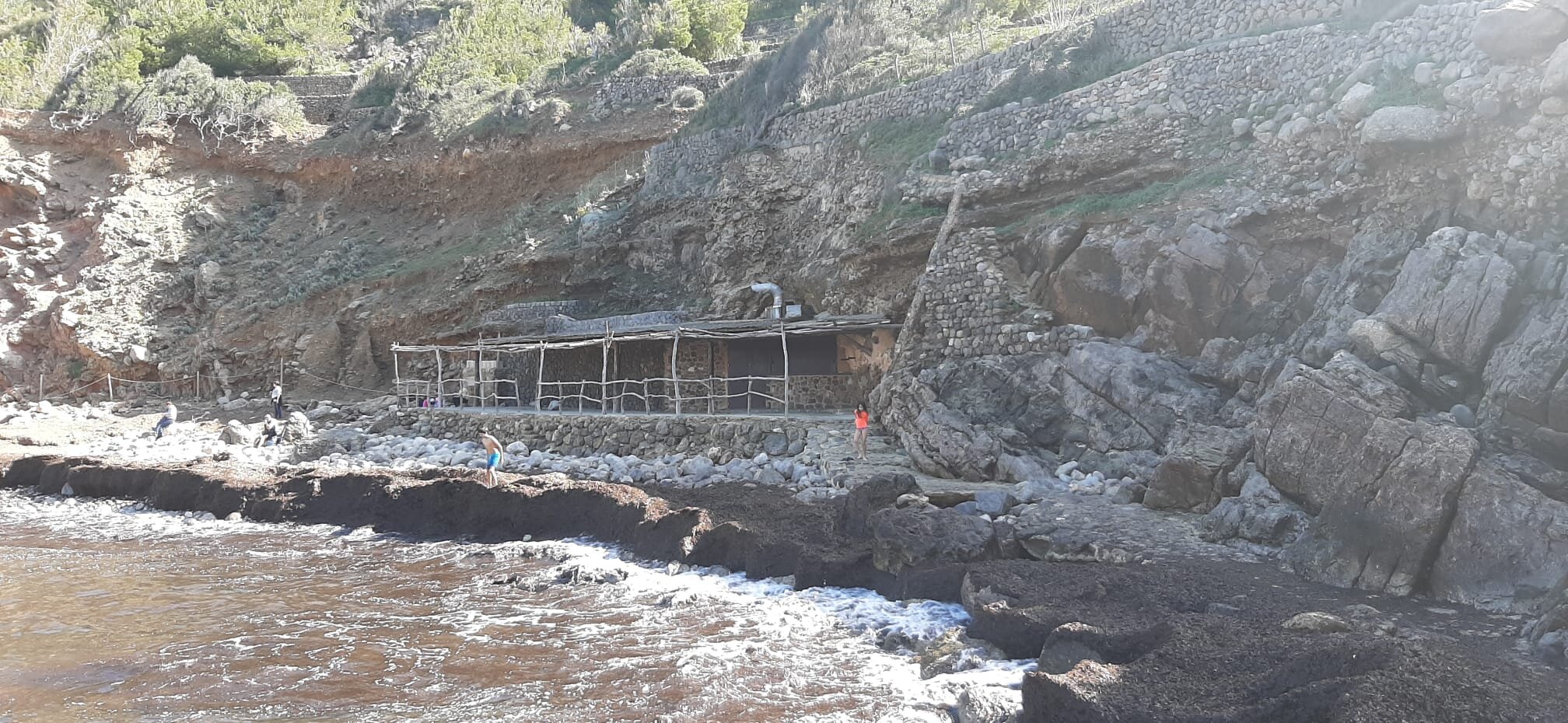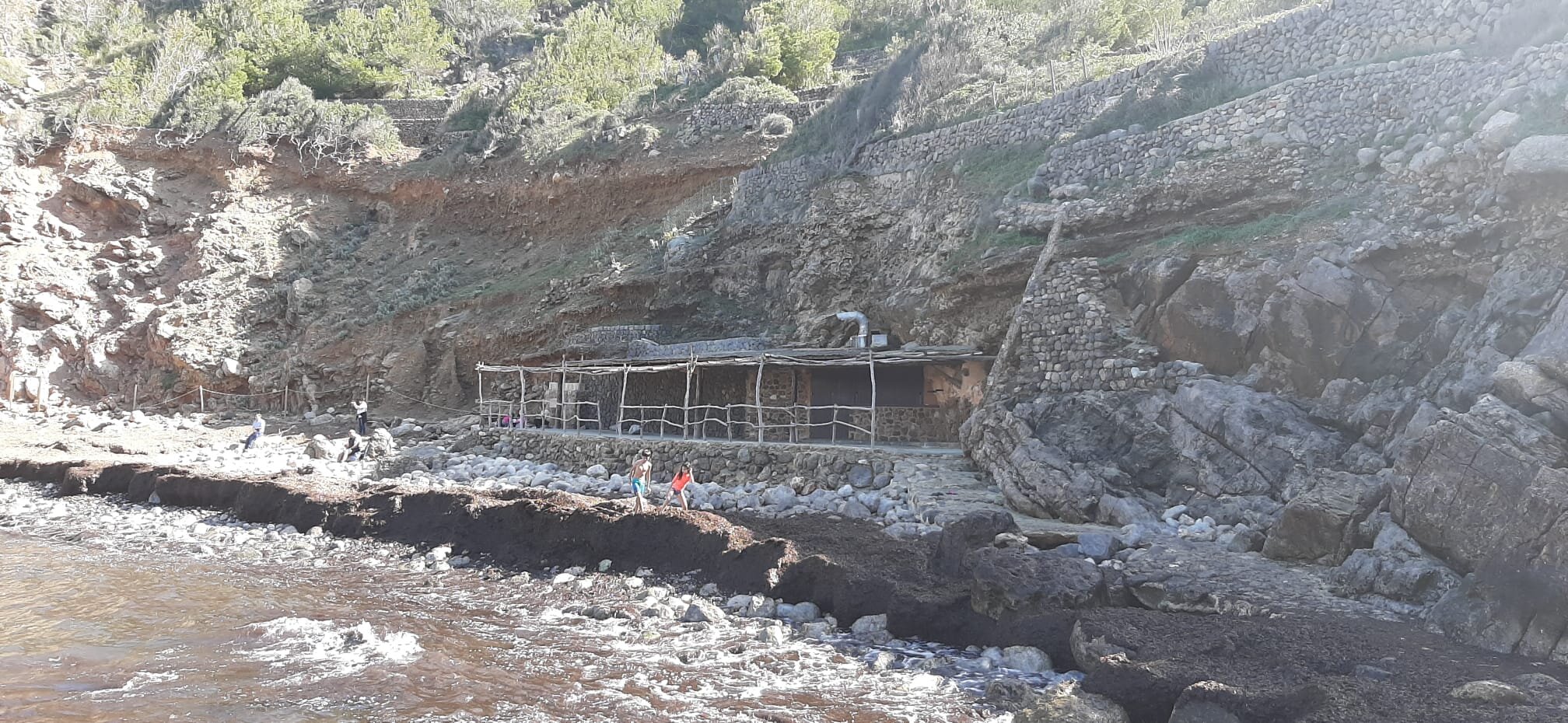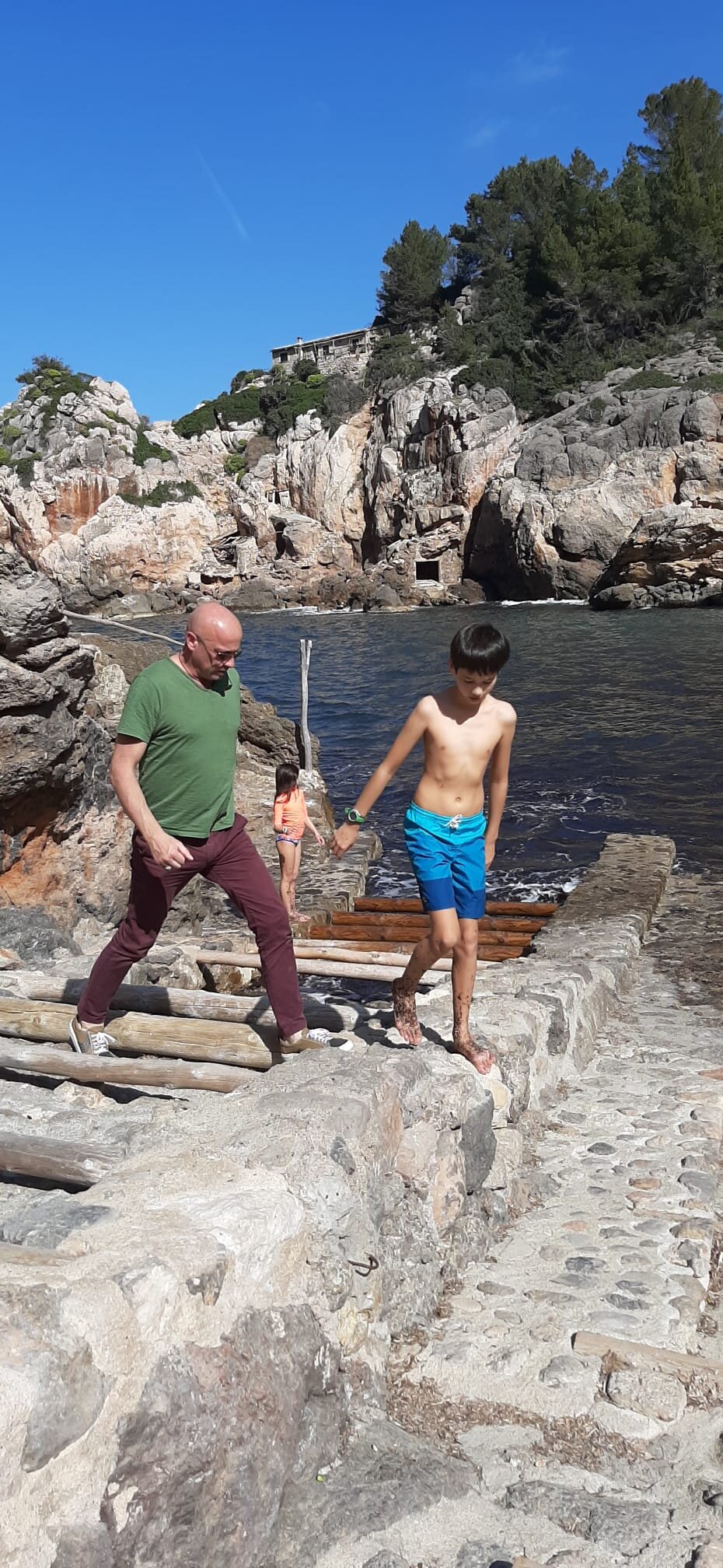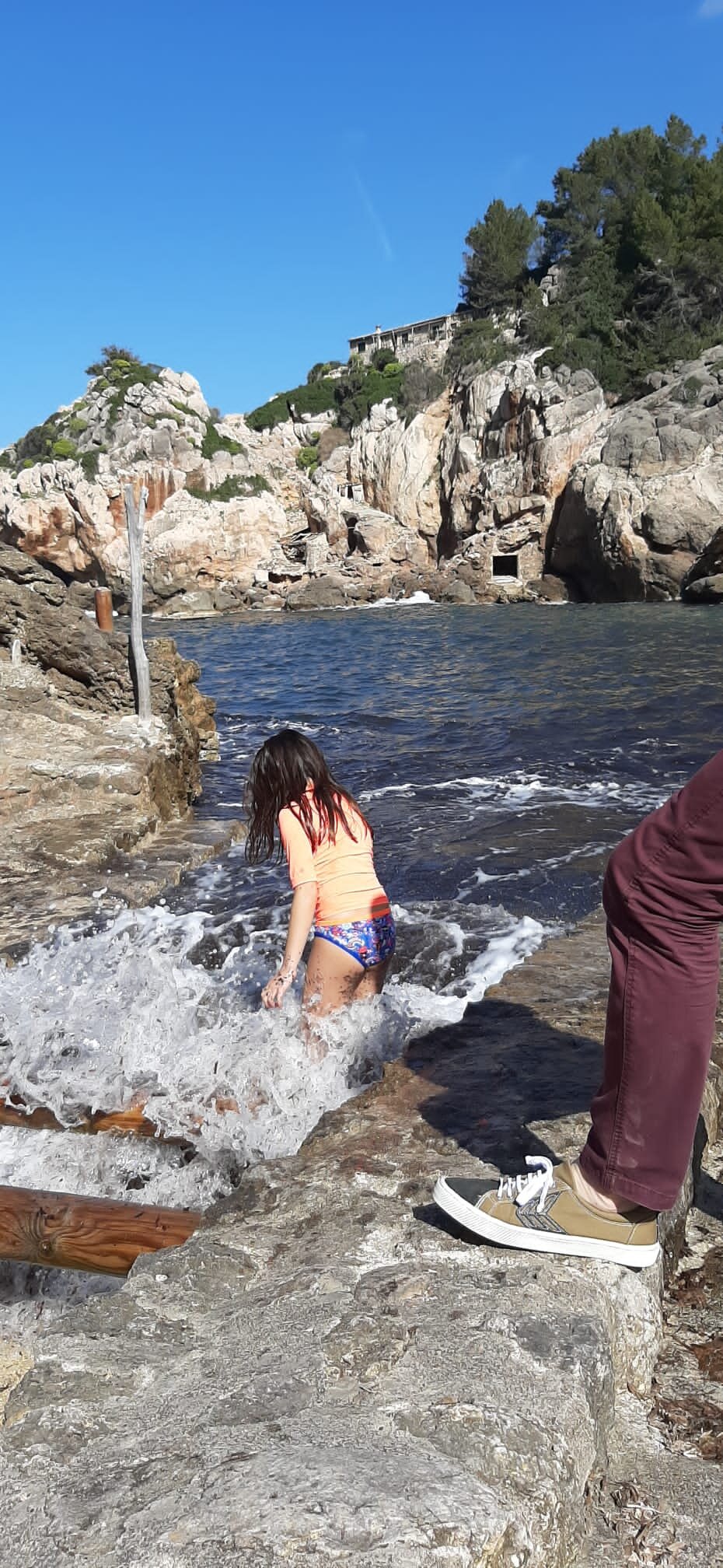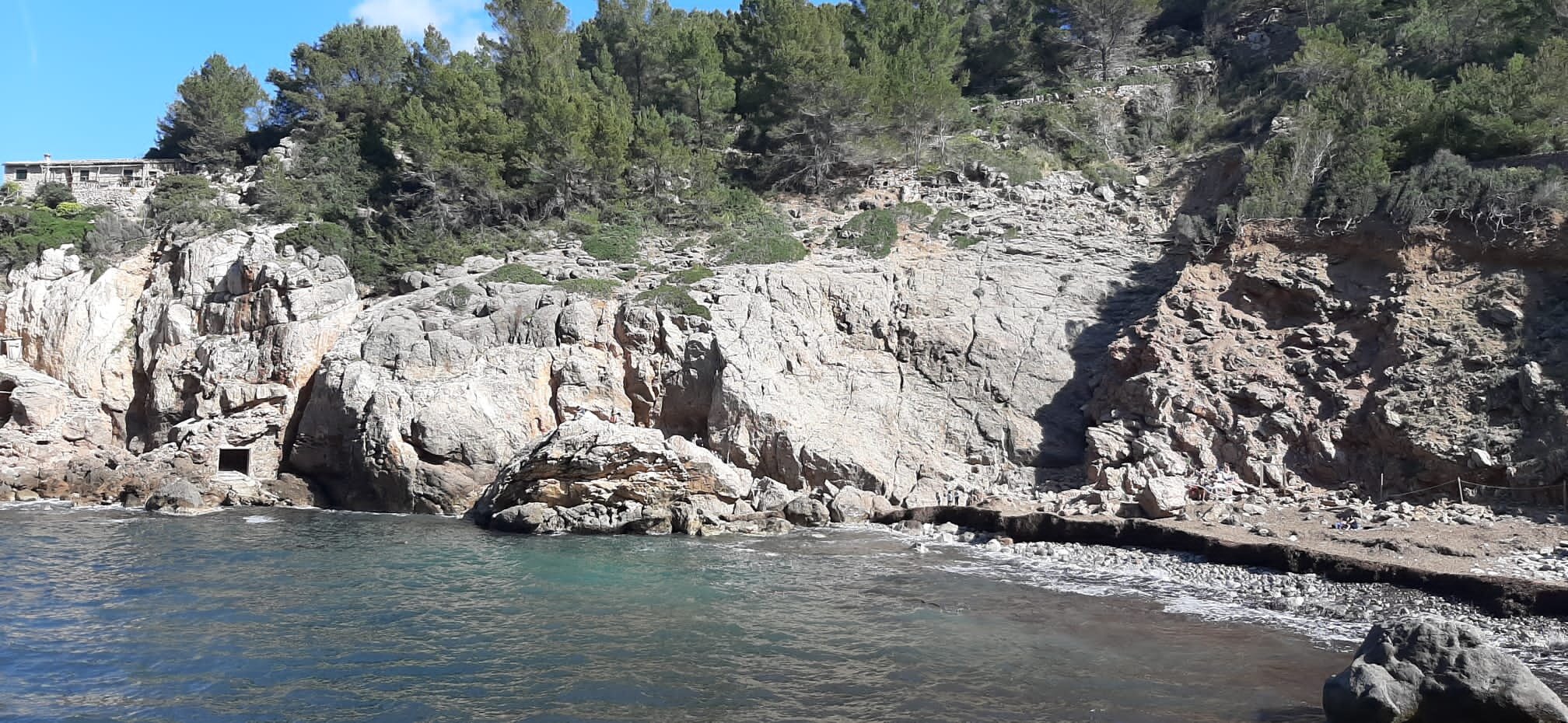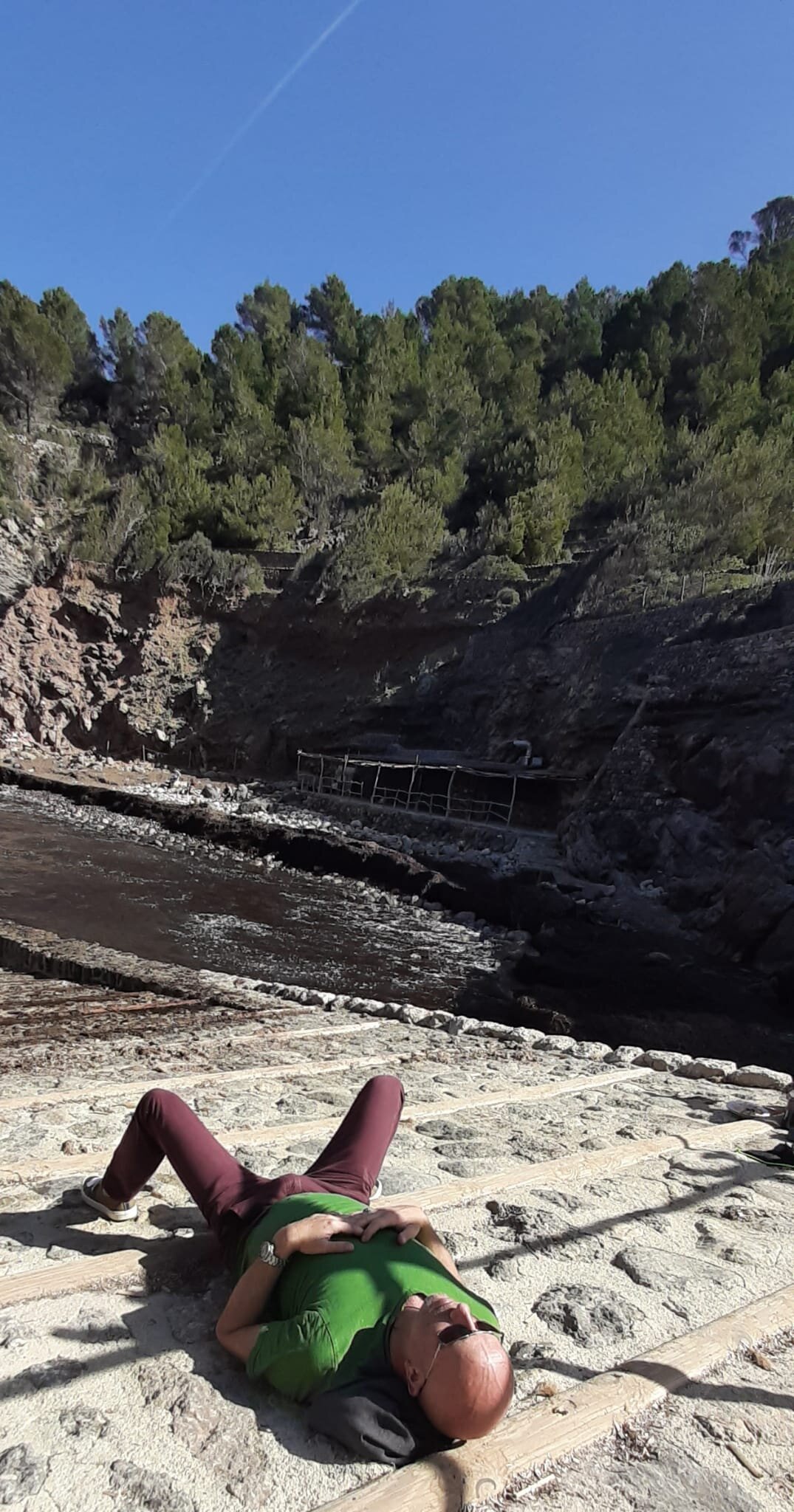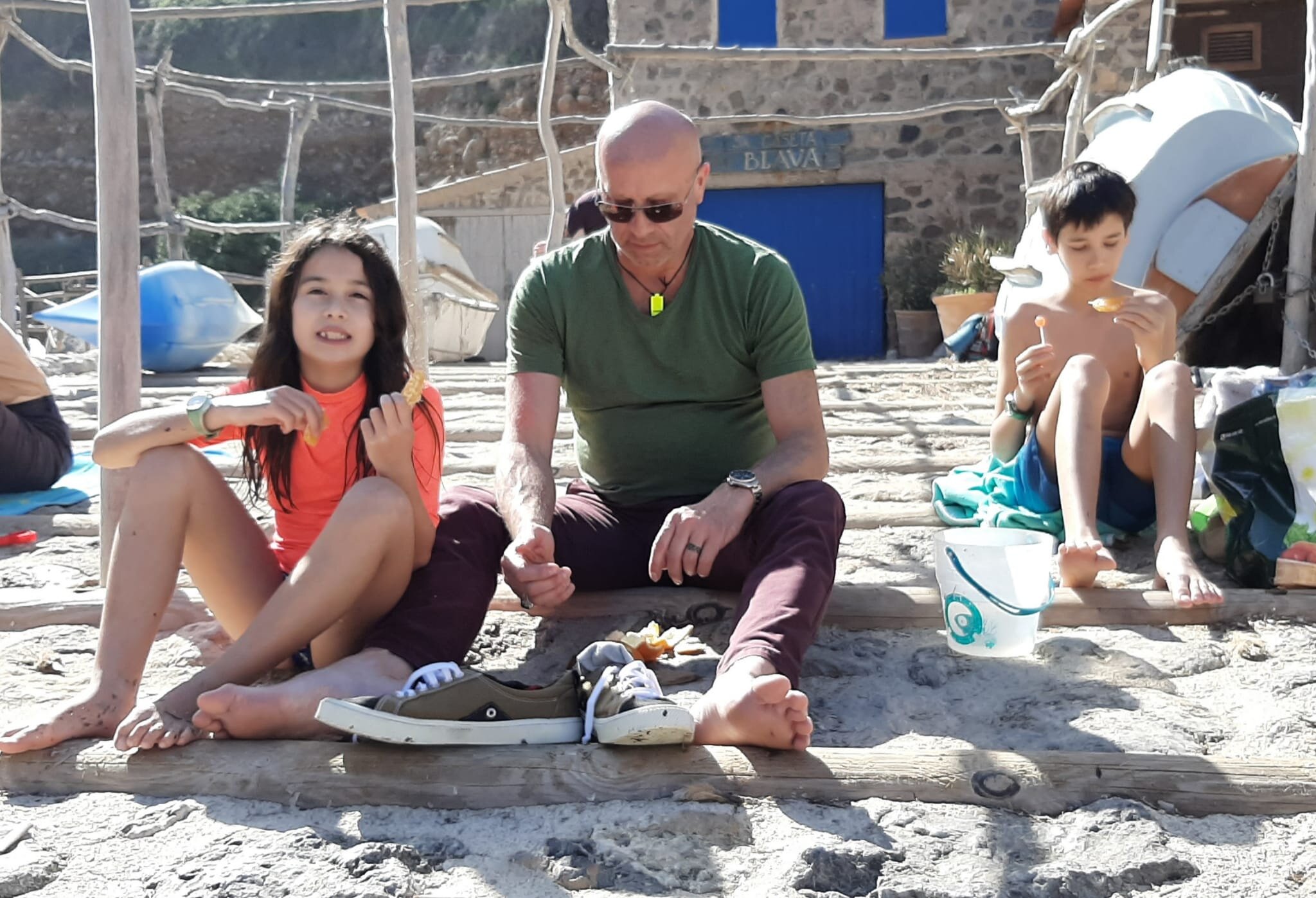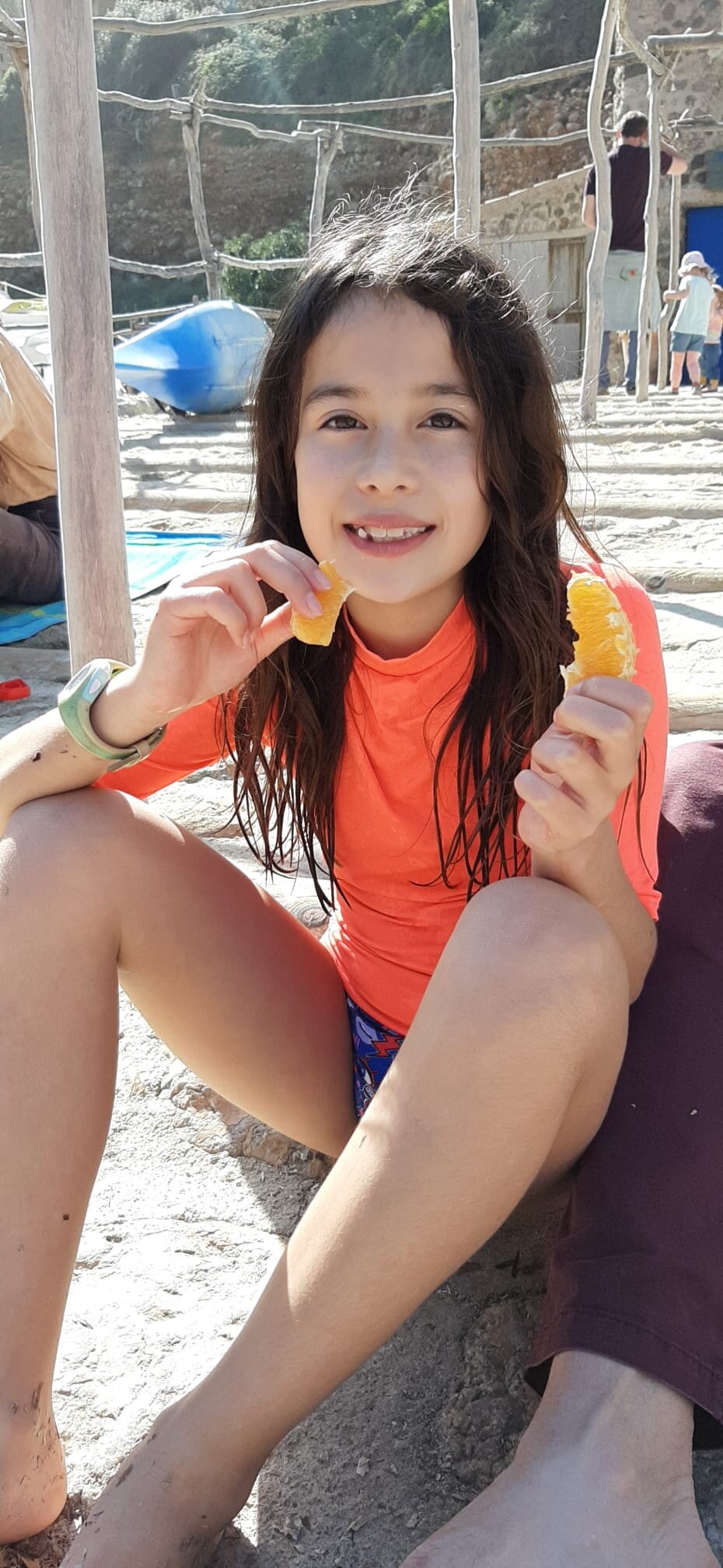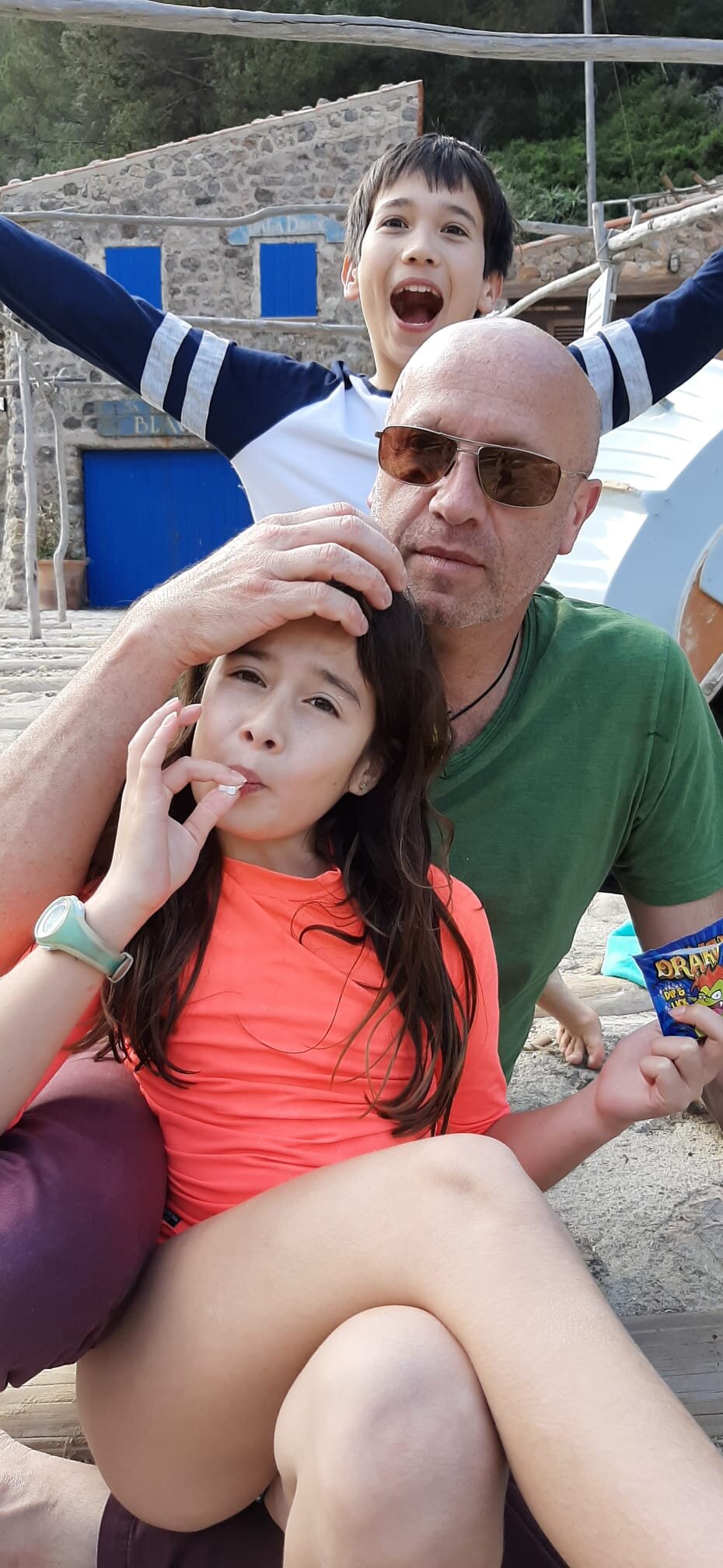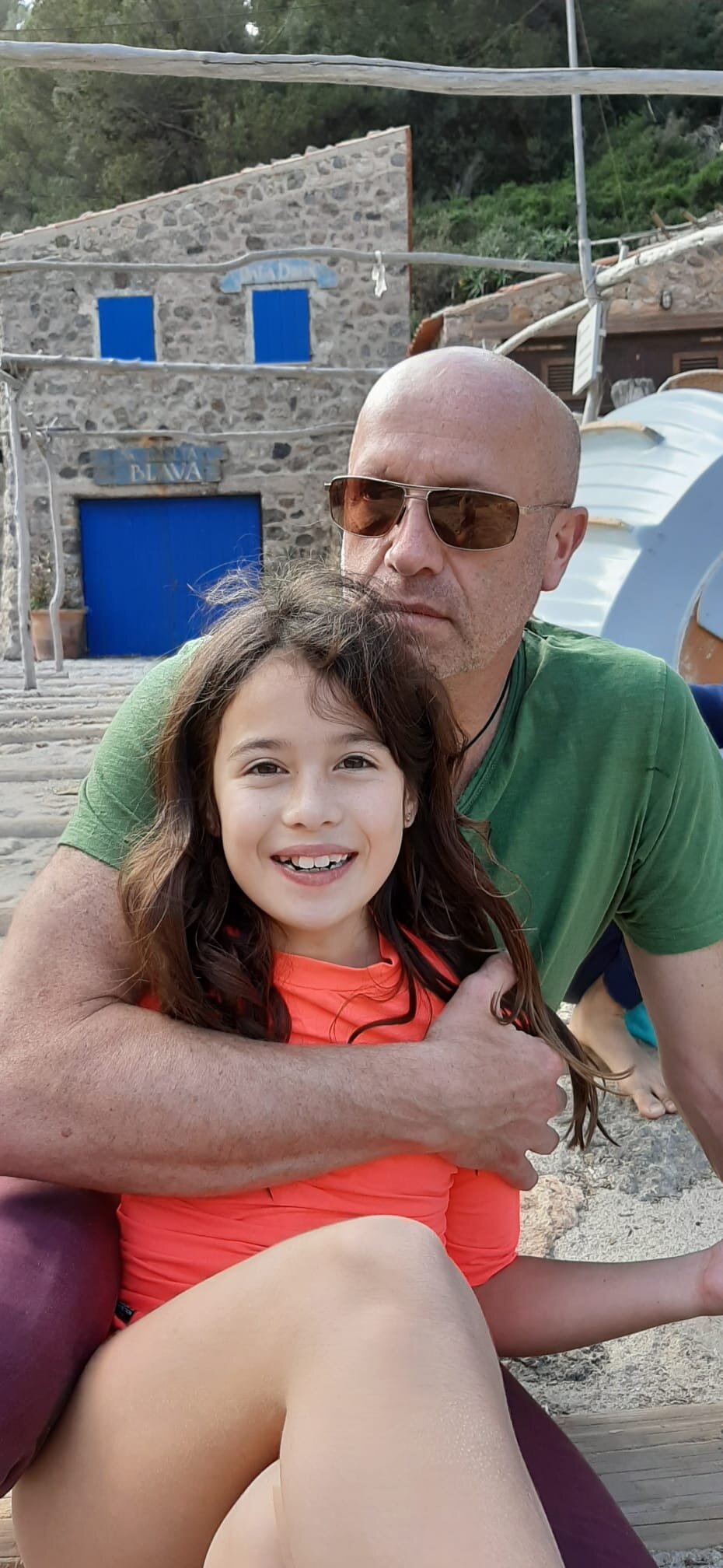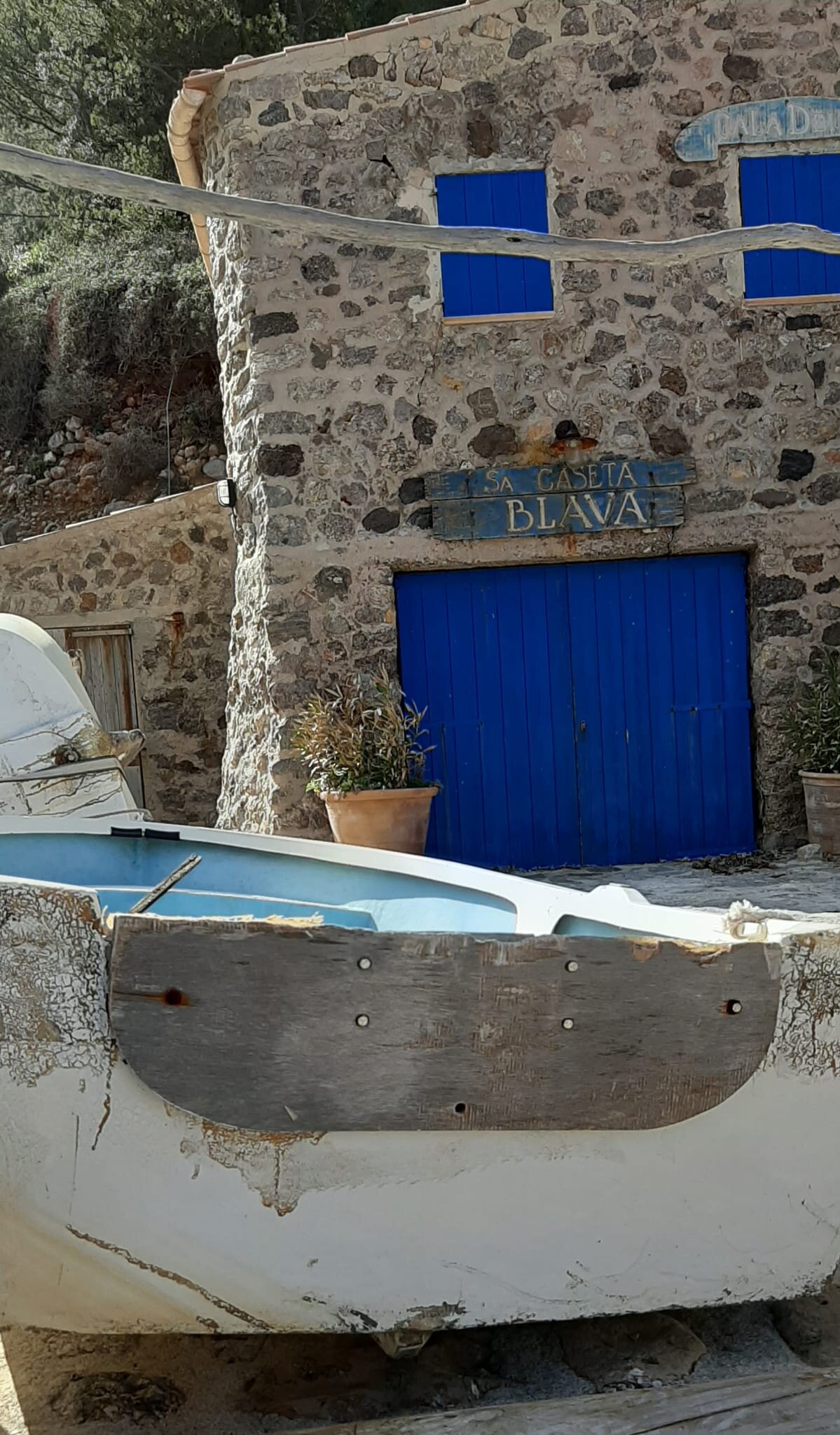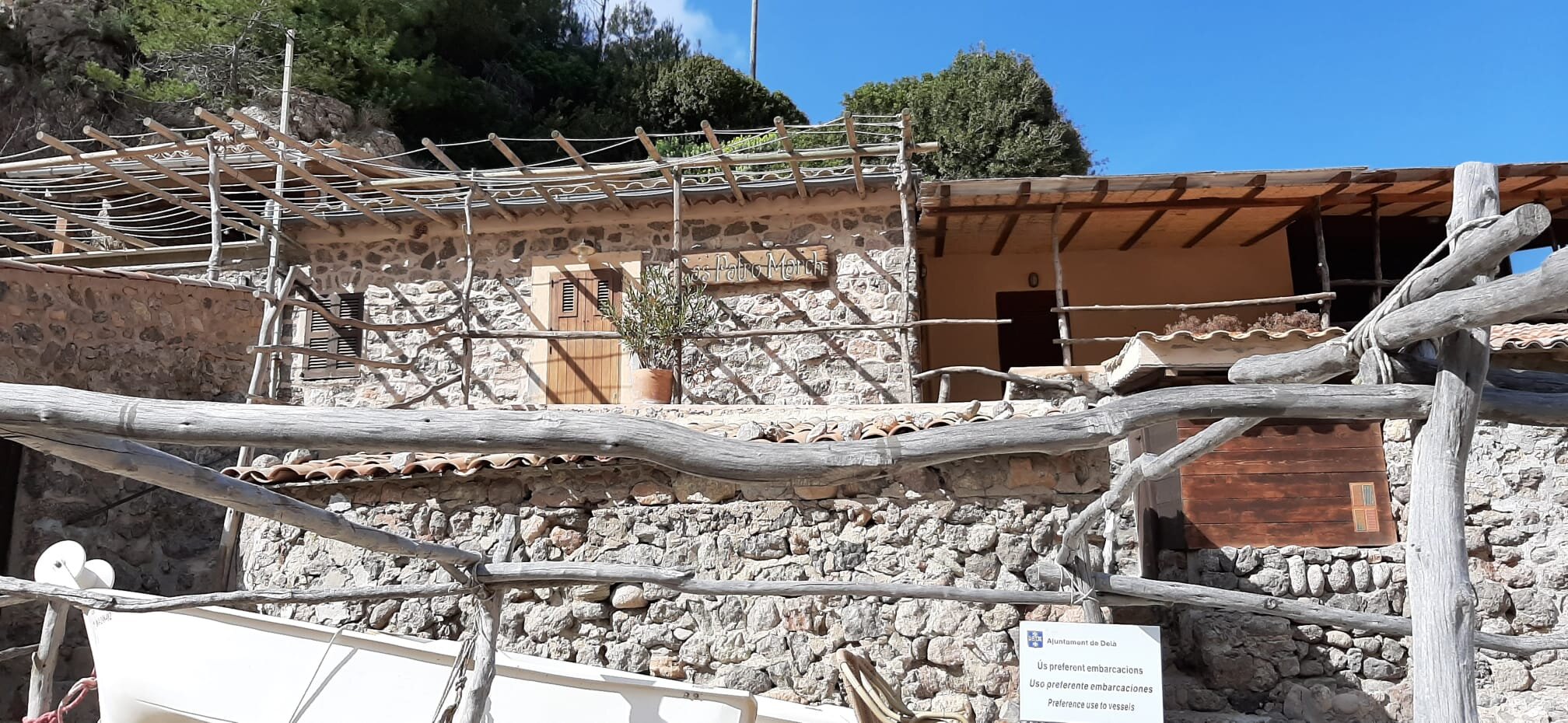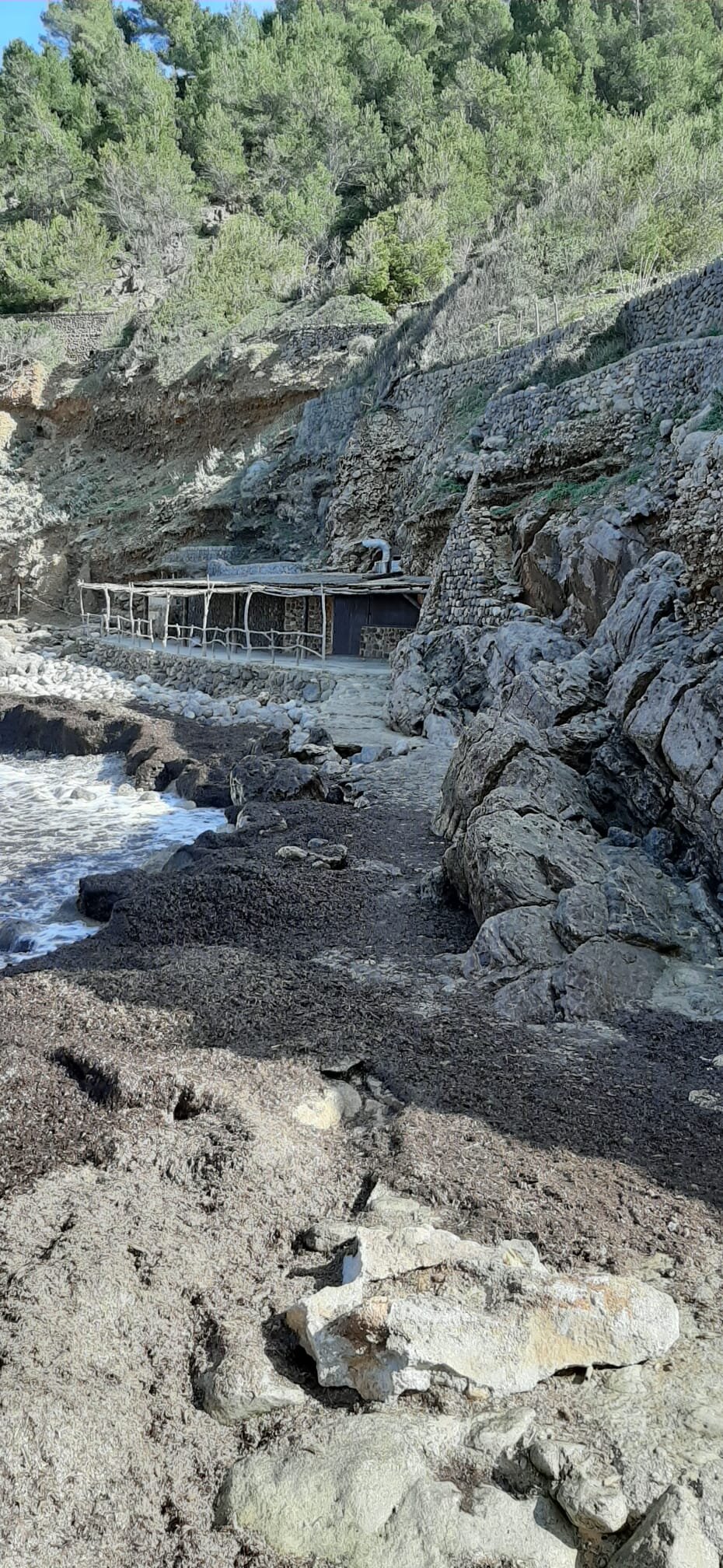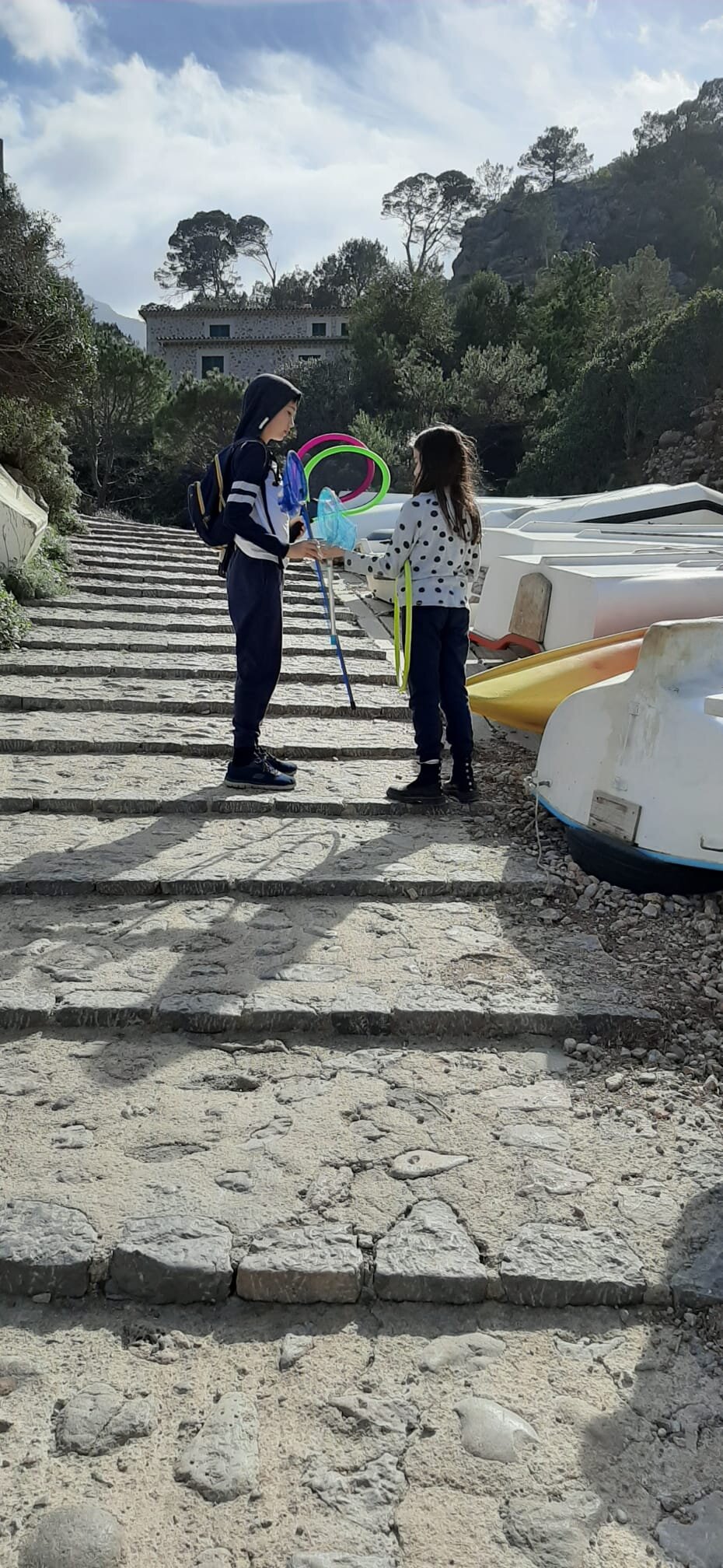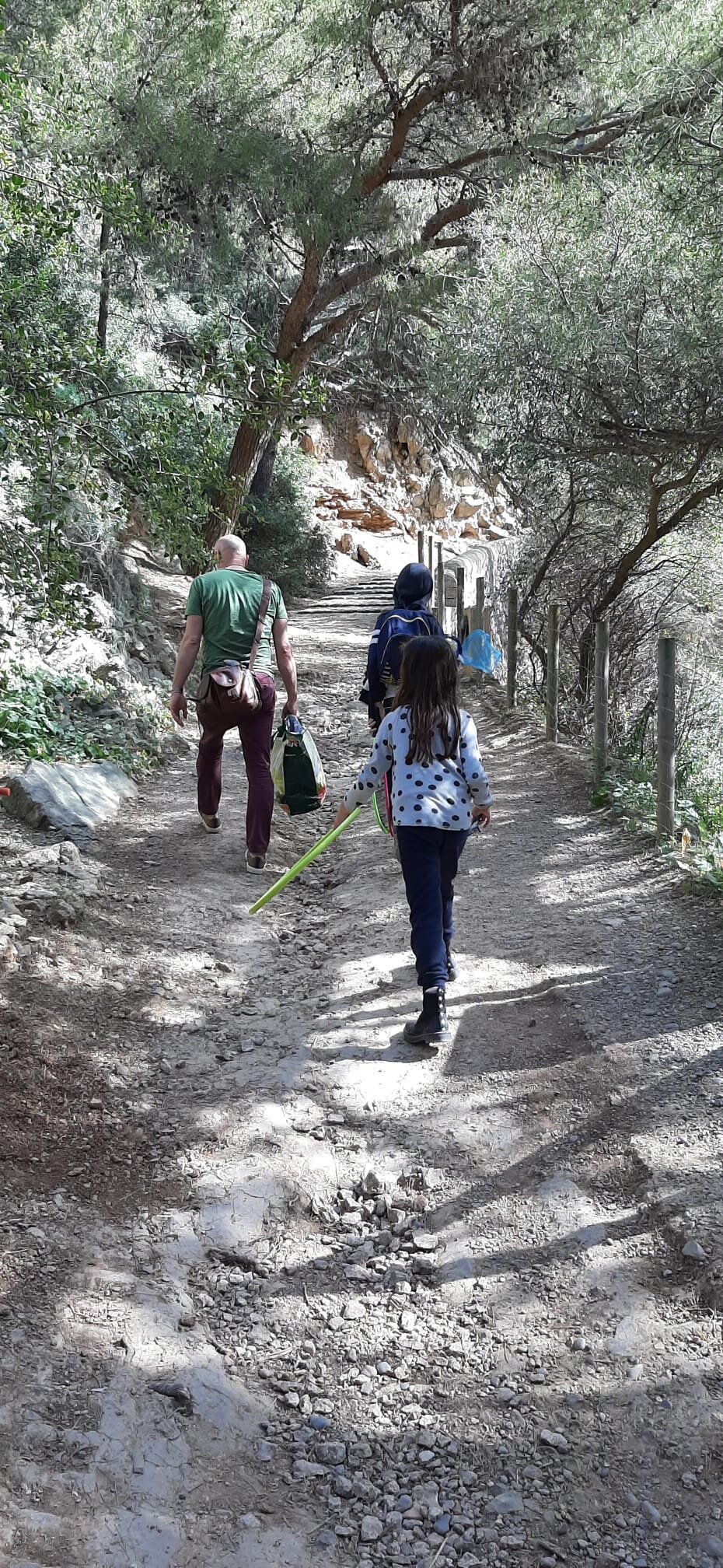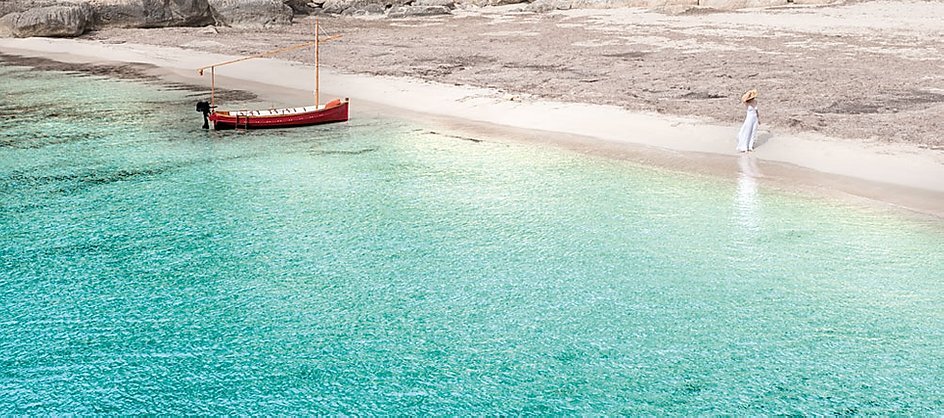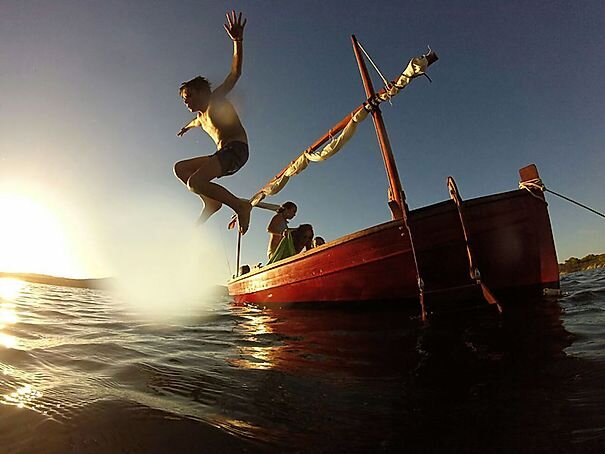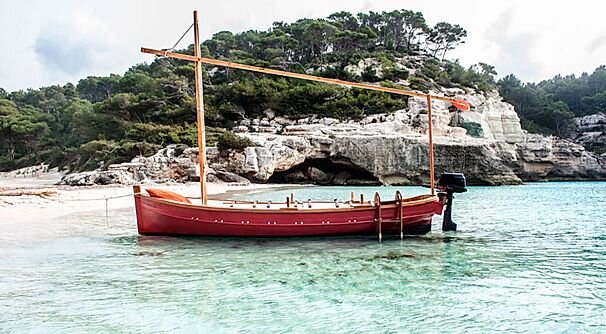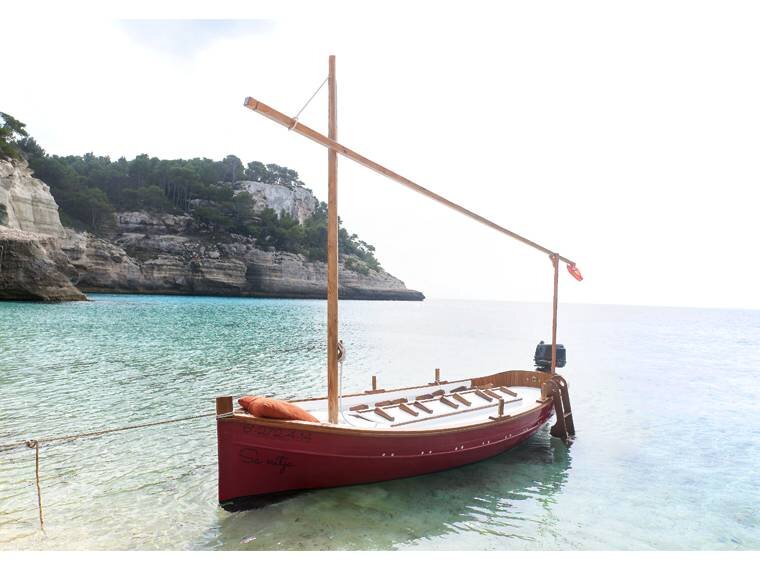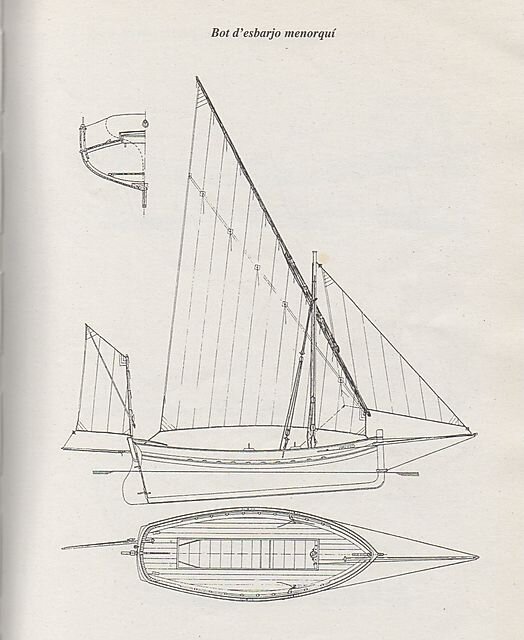Playing in the pool is great for building confidence, co-ordination and for practising breath-hold. Concentrating on a task helps to distract the mind from the urge to breath. Noah demonstrated an underwater Limbo exercise which is a good way to practice balancing buoyancy: The weights must be held in the right position to offset the buoyancy of the air in the lungs. As a training exercise, it is good to go slowly in order to extend the breath-hold while concentrating on position and co-ordination.
Sophia´s First SCUBA Dive.
Sophia made a couple of try-dives during the summer and autumn. Here are some video clips from her first dive. (Please forgive the poor filming…I am still not too good at this!)
First Aid and CPR for Children
As part of their training for safe diving, Noah and a couple of friends have now completed a First Aid and CPR course with me, including the use of a defibrillator. They are now qualified Emergency First Responders. We ran the course at an easy pace over a few days and practiced a number of scenarios that they might encounter such as drowning and anaphylactic shock. Sophia helped us by acting as a casualty.
For the final exercise, we simulated an accident in the kitchen in which she suffered a nasty stabbing/penetrating injury while cutting carrots. Fortunately, the boys were not squeamish and they treated it correctly.
On the last day, we had a couple of hours spare. We like to make the most of our time so, after a quick swim, they learned and practised another useful skill: Picking Locks. We used a set of traditional hand-tools for this session: torsion wrenches, picks and rakes. I do not expect that they will need to do this underwater but you never know…
Skandalopetra
Pictured below is another new toy; a Diving Stone, properly named a Skandalopetra.
Skandalopetra diving dates back to ancient Greece as a diving technique used by sponge fishermen: A diver would make a ballasted descent while holding the stone and using its shape to steer and brake as required. The diver´s companion on a boat would retrieve him using the attached line. According to history, this technique was used as far back as the times of Alexander the Great.
In 1913, a Greek diver named Stathis Hatzis made a Skandalopetra dive to 88 metres near the island of Karpathos. This four minute dive was the deepest of a series of dives over several days as he searched for the lost anchor of the Italian battleship Regina Margherita. He succeeded in finding the anchor and securing a line, allowing for the anchor´s retrieval. His 88m dive is widely considered to be the first recorded freediving record. It is interesting to note that Stathis Hatzis did not have the confidence of the Italian naval doctors who examined him before the dive: He was unable to hold his breath for even one minute on the surface and was a heavy smoker. It seems that his dive reflex was particularly well-developed from his many years diving for sponge.
Now, this discipline has seen a resurgence as a competitive sport. According to CMAS rules, the stones must be made from Granite or Marble and weigh between weight and fourteen kilograms. Dives are made without wetsuits- only a swimming costume and nose-clip are permitted so it is certainly not a winter sport!
My Skandalopetra (pictured) is a prototype made from limestone (which I chose because it is cheap, easy to shape and beautiful- it is made from fossilised shells) and I shall use it to practice during the summer. I love the idea that we can, to some extent, re-enact history, as we dive from a classic lateen boat using an ancient technique (with a stone made from even more ancient shells).
First Aid and CPR for Adults and Children
First Aid and CPR Training
Would you be confident in your ability to assist if someone were to need emergency medical assistance? We lead active, outdoor lives and we are aware of the risk that, sometimes, one or more of us may need help in an emergency. For this reason, we offer training in CPR and First Aid, including the use of Automatic External Defibrillators and specific care which is suitable for children.
Training and certification are through Emergency First Response, an internationally recognised training organisation, with protocols specifically designed to meet regional standards such as those of the European Resuscitation Council. As such, the qualification of an Emergency First Responder is an internationally-recognised CPR qualification.
You can train at your own pace and in a place of your own choosing (with the condition that it is a suitable learning environment). All materials are provided and you will practise on models of adults, children and infants, in order to learn the CPR techniques used for different age groups.
Please contact us for more details.
An under-rated Safety Device
A simple and effective piece of safety equipment...
I always take a whistle (or two) when I freedive; one attached to me and another to the buoy (tied to the zip puller). I recommend these Slimline Tornado whistles from Acme, in the UK, because they are small and unobtrusive (5cm long x 1 cm thick) and yet also extremely loud. I have stopped a motor boat with a single blast at a range of about 200 metres. I wear mine around my neck on a thin elastic cord (which will break if tugged, so as not to risk strangulation) or around my wrist. Either way, it tucks under my wetsuit or rash vest and causes no discomfort but remains easily accessible.
For the cost of a couple of coffees, a whistle might save your life: Use it to alert others if you need for help or to alert boat users to your presence in the water if they are too close.
In the case of these Acme whistles, the Day-Glow colours are very bright so you will find it easily if you drop it and this also makes the whistle easily seen by your dive buddy, if they need to find it.
Experimental Diving Equipment
I made some toys for us to enjoy in the sea.
Read moreCala Deia, Mallorca- February 2020
In case anyone wonders why we live in Mallorca, these photos should help to explain.
Artificial Gills
This is a brief blog to share my thoughts on artificial gills for humans. Every few years, I stumble upon an article online that announces a dramatic “new breakthrough” in the development of artificial gills for human use. Usually, the detail provided goes no further than a concept and not without reason because there are some enormous hurdles to be overcome:
Gas Breathing Gills.
It is possible to extract oxygen from seawater. In fact, it is remarkably simple to allow oxygen and other gases to pass across a semi-permeable membrane to reach equilibrium with the gas on the other side. Take a container- with one or more surfaces made from a semi-permeable membrane- and immerse it in seawater. After a while (the time depending on the membrane efficiency and partial pressure differentials), the proportions of gases in the container would equate to those in seawater and would therefore form a breathable mixture akin to air. (Assuming that this experiment is performed in shallow water without unusual conditions or pollution). However, the quantities required for breathing at any sort of depth would be enormous: To supply sufficient oxygen for a slow swimmer at about 15 m would need all of the oxygen to be extracted from about 200L of seawater every minute. The gill membrane would have to be very large and very efficient to perform such a task. In any case, Nitrogen (or another inert gas such as Helium) must also be transferred into the breathing gas at a ratio of approximately 4: 1 (4 parts Nitrogen: 1 part Oxygen) in order to obviate the risk of oxygen toxicity. The membrane must therefore be able to differentially permit gas transfer in the correct proportions. Theoretically, such a system might be possible but, for now, the technology is not available to pack such a gas exchanger into a unit small enough to wear.
Liquid Breathing Gills.
The US Navy experimented with filling divers’ lungs with an oxygenated fluorocarbon liquid through which gas diffusion could occur. Similar experiments have been performed on mice and dogs and it is proven that liquid breathing mixtures can sustain life. Such systems might help to avoid injuries such as lung-expansion embolisms, narcosis and decompression sickness but would still require a gas exchange mechanism (or oxygen supply) to oxygenate the breathing liquid. Furthermore, the viscosity of the liquid makes breathing a tiring and painful process and also inhibits carbon-dioxide flushing from the lungs. Liquid breathing systems might one day be used in place of saturation diving systems but the need for a gas-exchange apparatus currently precludes their use with gill systems until a workable gill is available.
One Last Thought:
All of those animals that breath through gills are poikilothermic and therefore have a lower baseline metabolic oxygen demand. Perhaps, as homeotherms, we are being too ambitious in trying to supply our oxygen requirement through gills.
Sa Nitja
We are now fortunate enough to have bought a boat; a long-overdue purchase for the Chapman family. I looked at so many sizes and designs- old, new, large, small, motor and sail. After attempting to apply logic and reason to the selection process, the final decision was driven largely by emotion- I fell hopelessly in love with a boat of a very old-fashioned design; a Menorquin Bot. It is a replica of an old boat which was placed into a mould: the new boat, which we bought, was cast in this mould so that it is an exact replica of the old wooden shape, including slight imperfections in the planking so that it appears to be made of wood (but is actually made of GRP). The original boat from which this was derived is called Margarita (built in 1911) and is still afloat in Mahon. I prefer wood but I have to be realistic- I want to spend more time sailing with the kids than working on the boat. The lateen rig makes it look very traditional (Lateen rigs are “latin” rigs which we inherited from the Romans). I visited the boatyard in Mahon where these replica boats are made- they had several different jobs in progress at the time and it was quite fascinating, not only to see the physical process but also to share the company of others who are in love with the sea and all that is in it. Every old hull had a story to tell and they are all to be refurbished so that the old can sail alongside the new “clones”. (The casting process of new hulls from old reminded me of the casting of bodies from Pompeii: equally interesting and worthwhile although somewhat less morbid.) The boat is now ours and is moored close to our home in a beautiful part of the island; Portals Vells.
Naples- December 2019
Christmas 2019
Read moreEl Toro Marine Reserve- September 2018
A day out at the beautiful El Toro Marine Reserve. Warm, clear water, a blazing sun and good company (human and aquatic)
Read more
